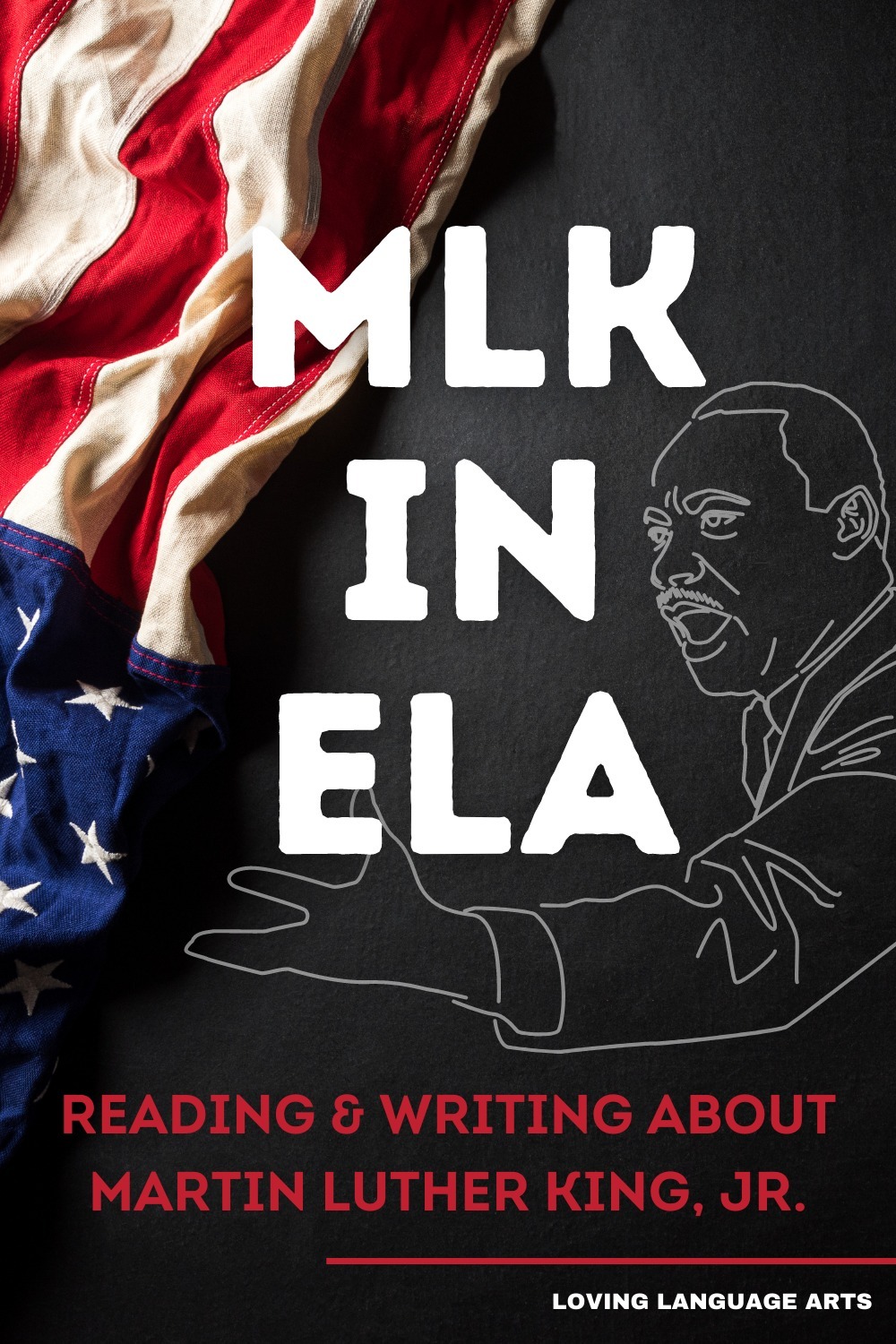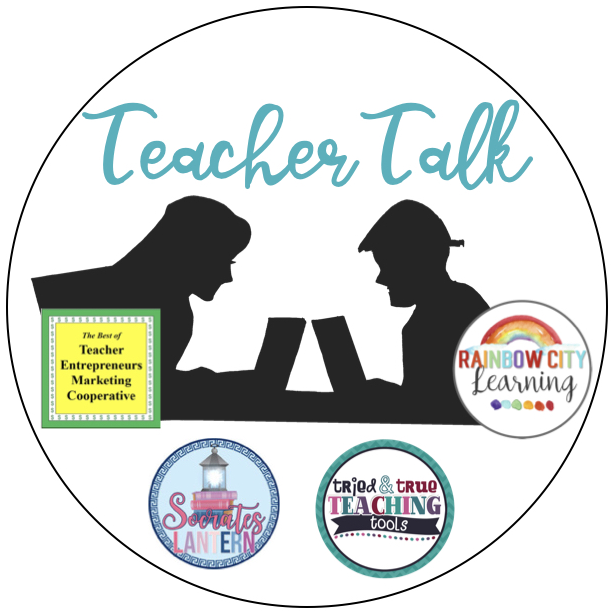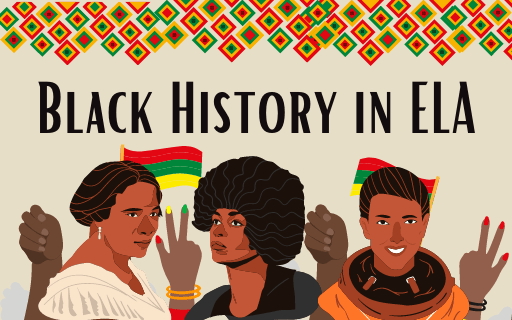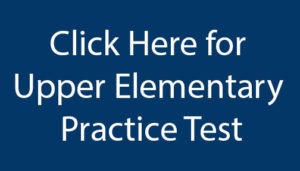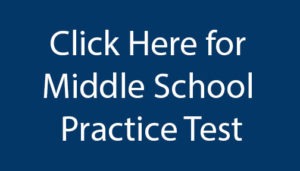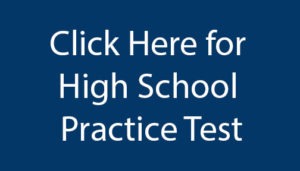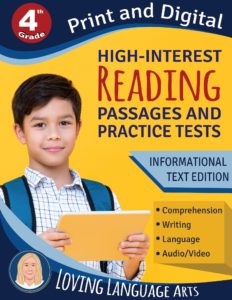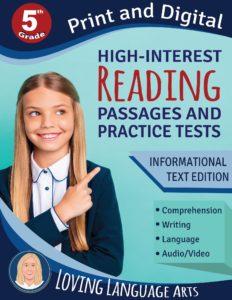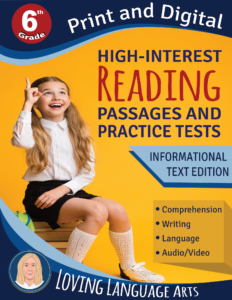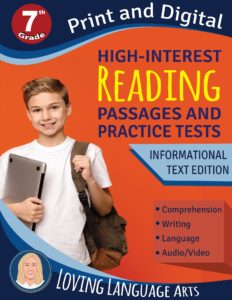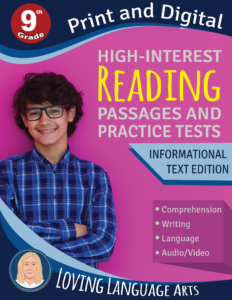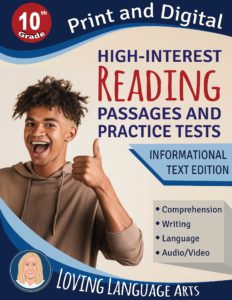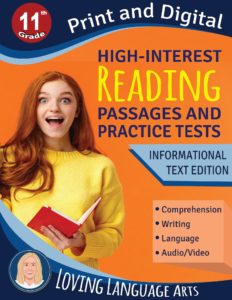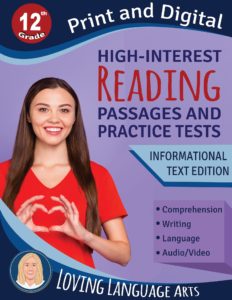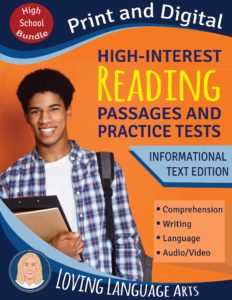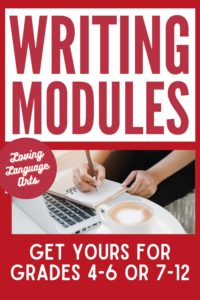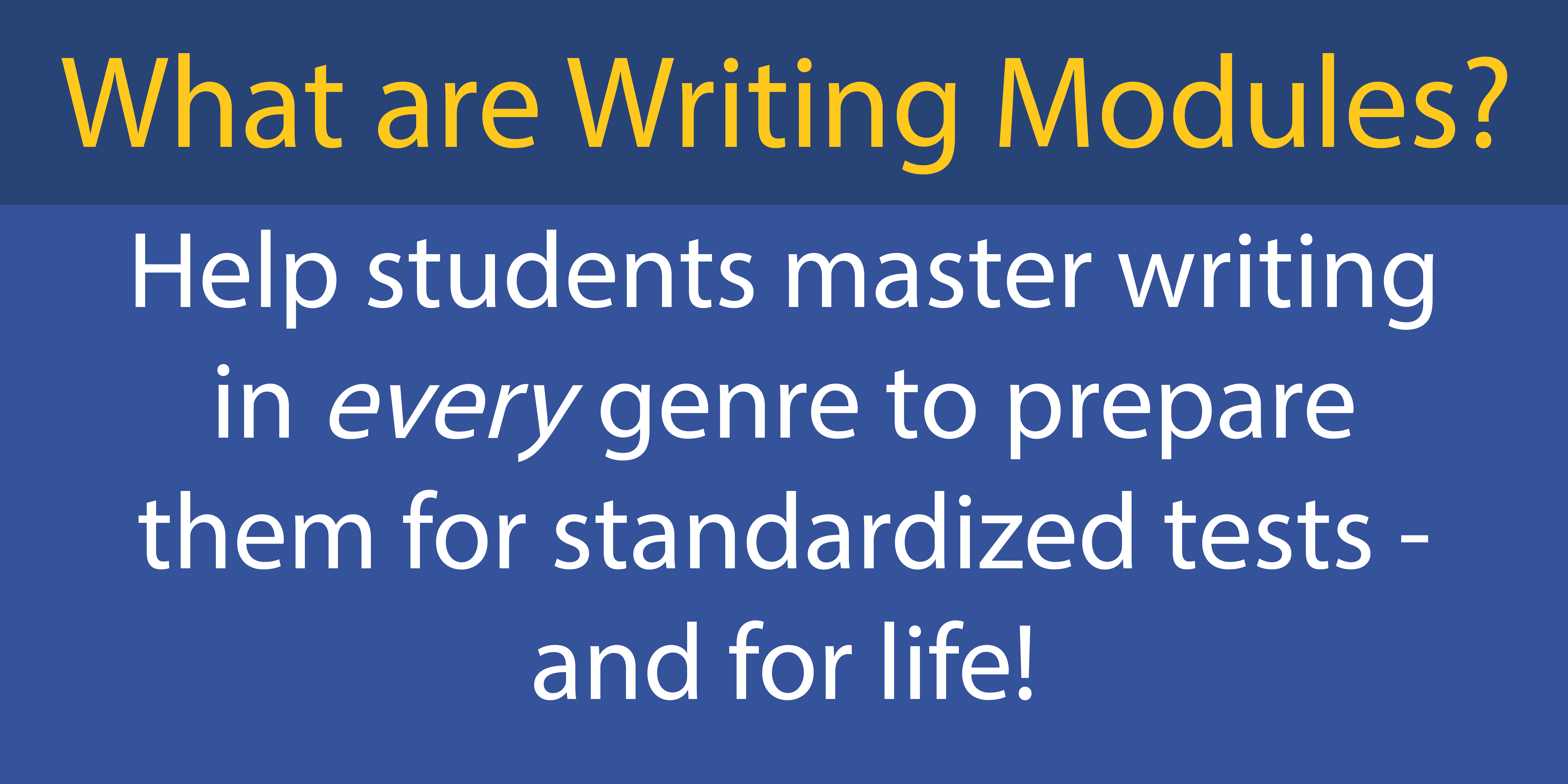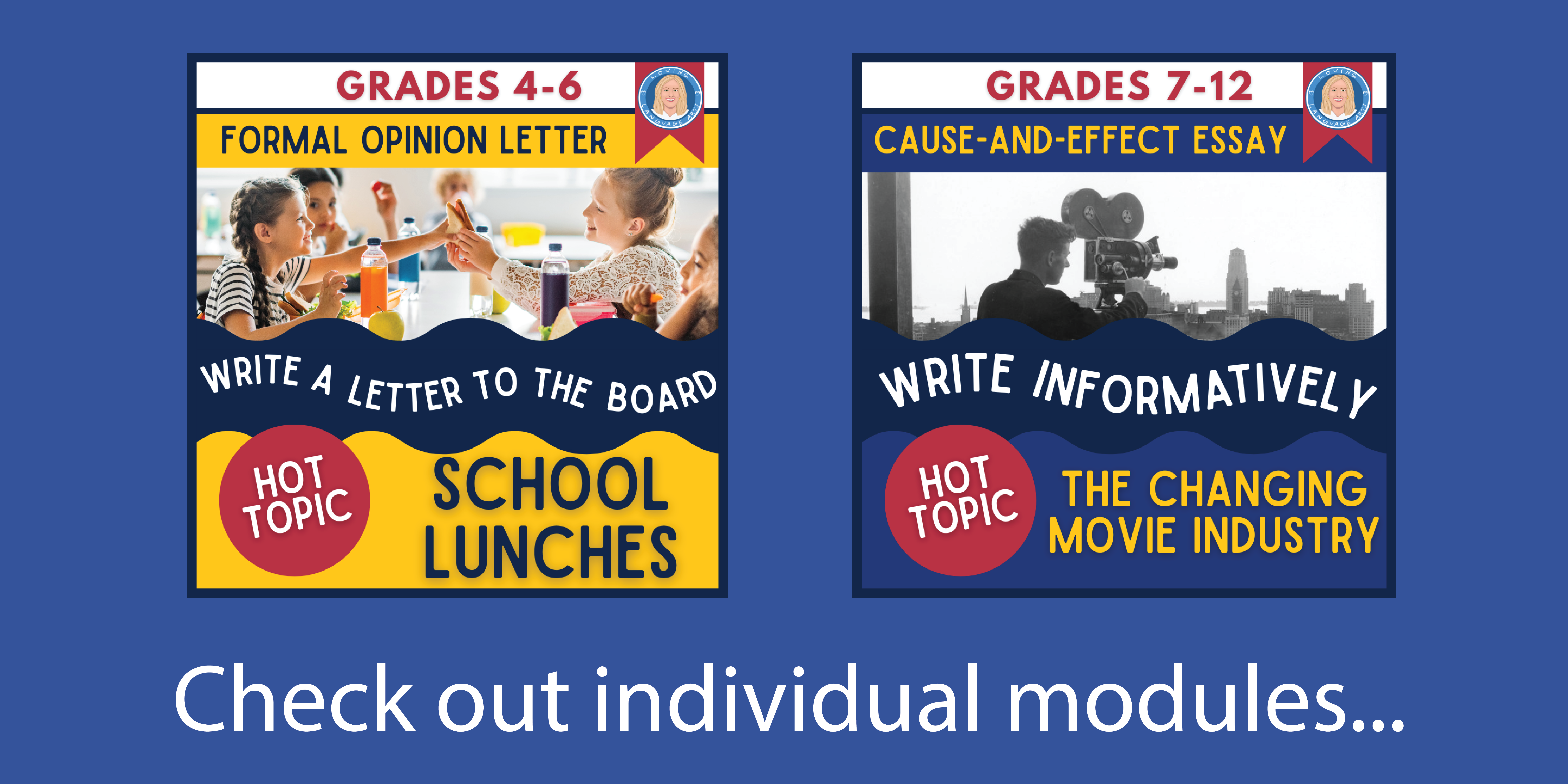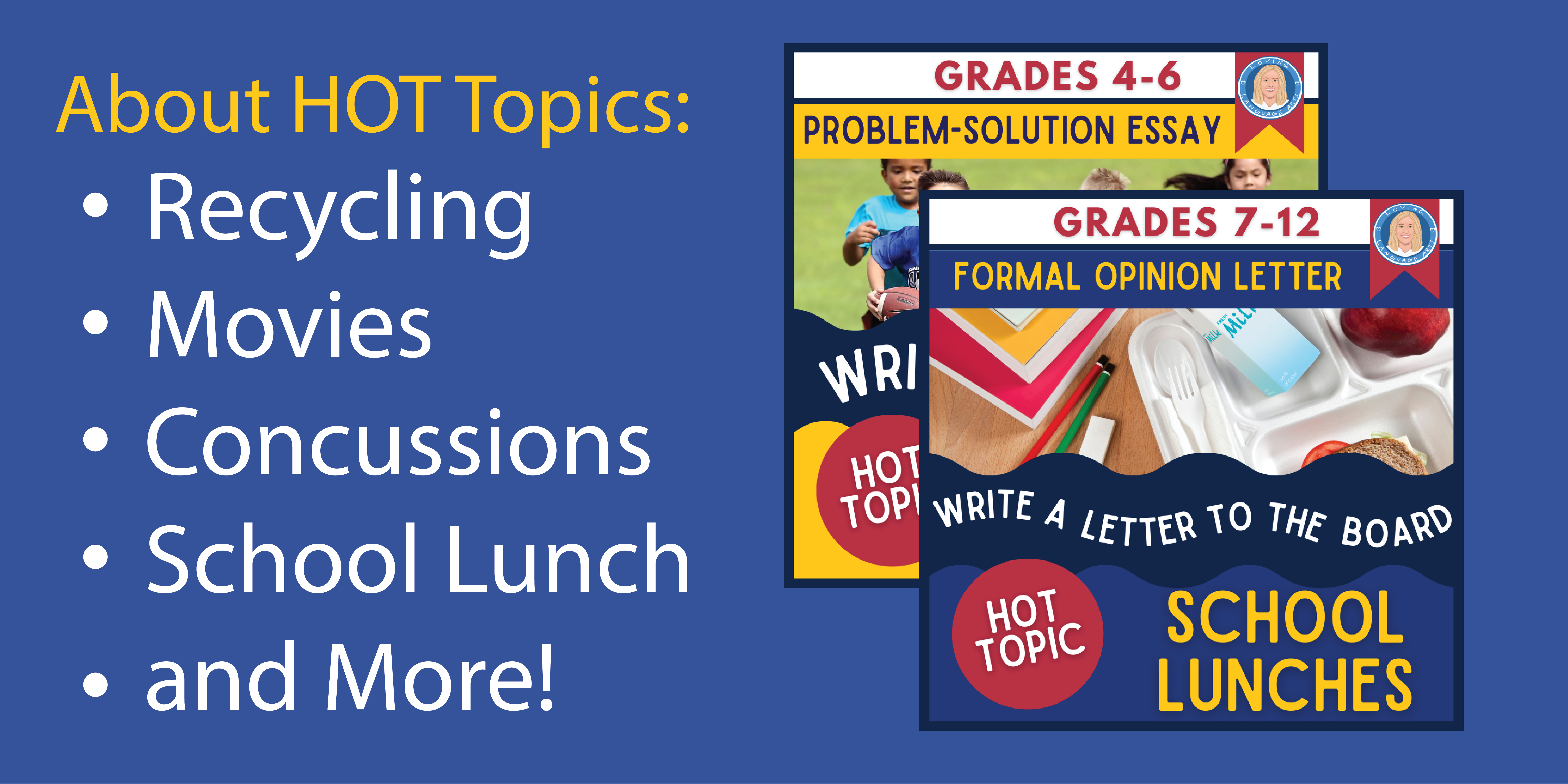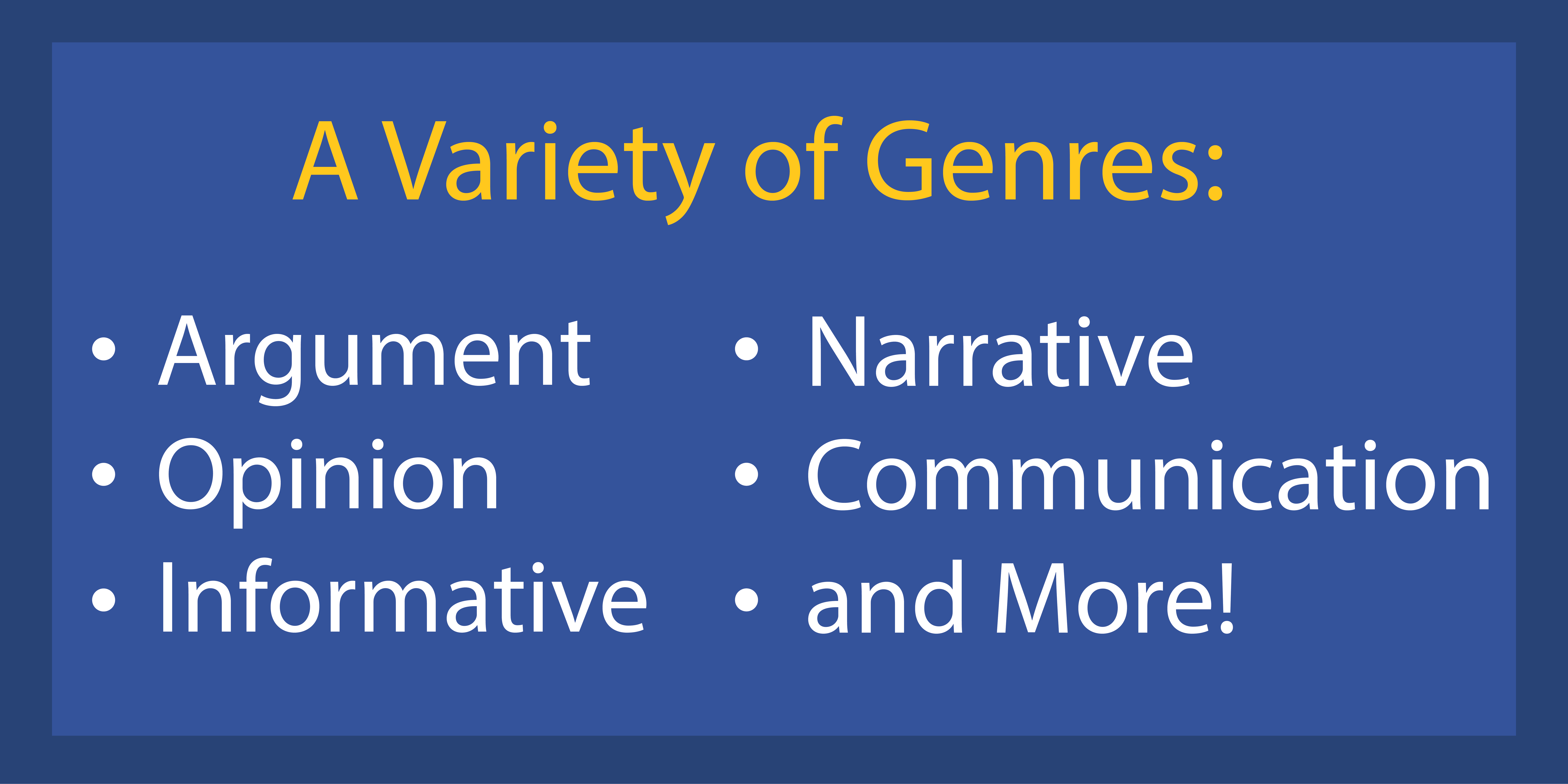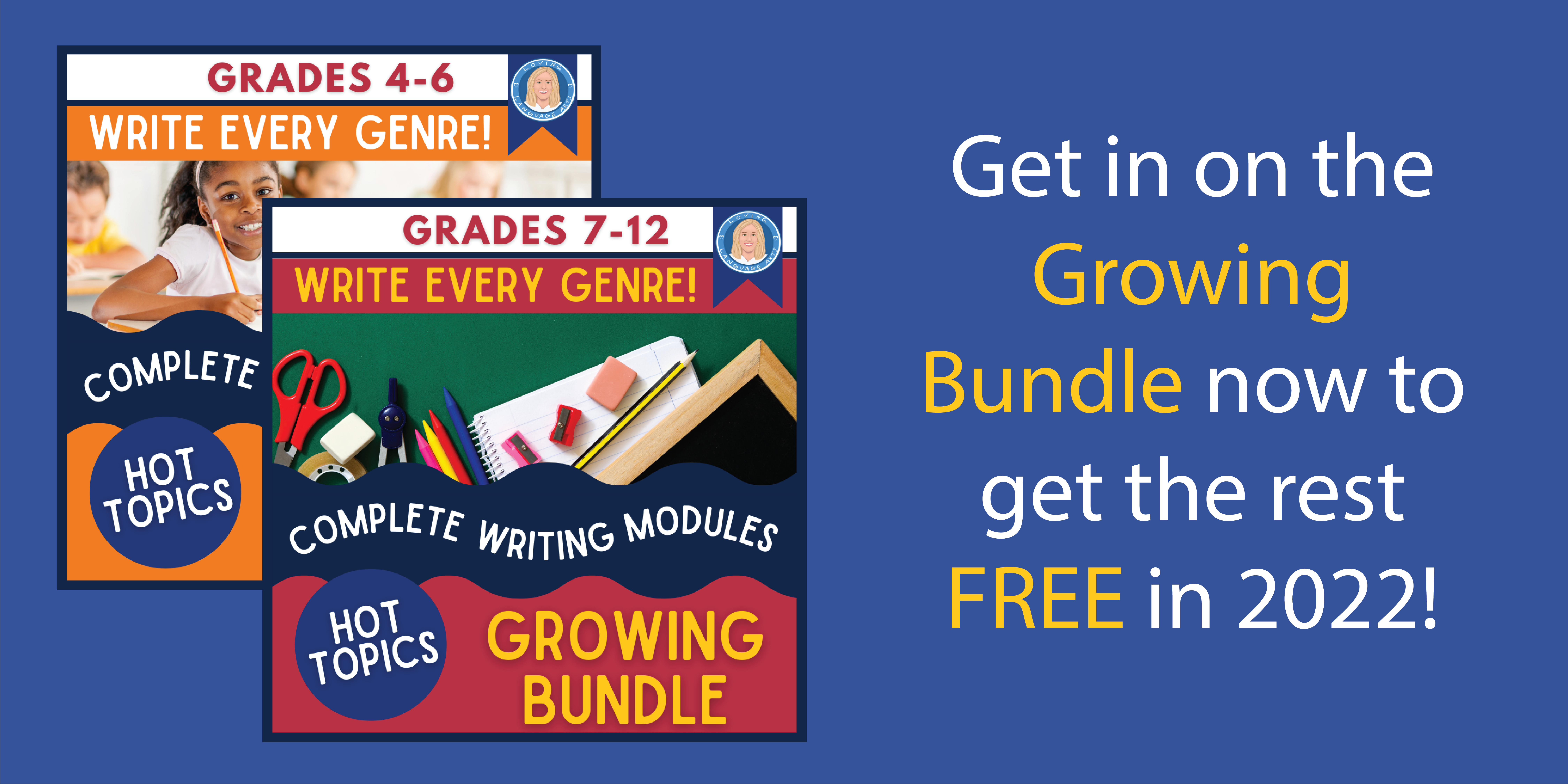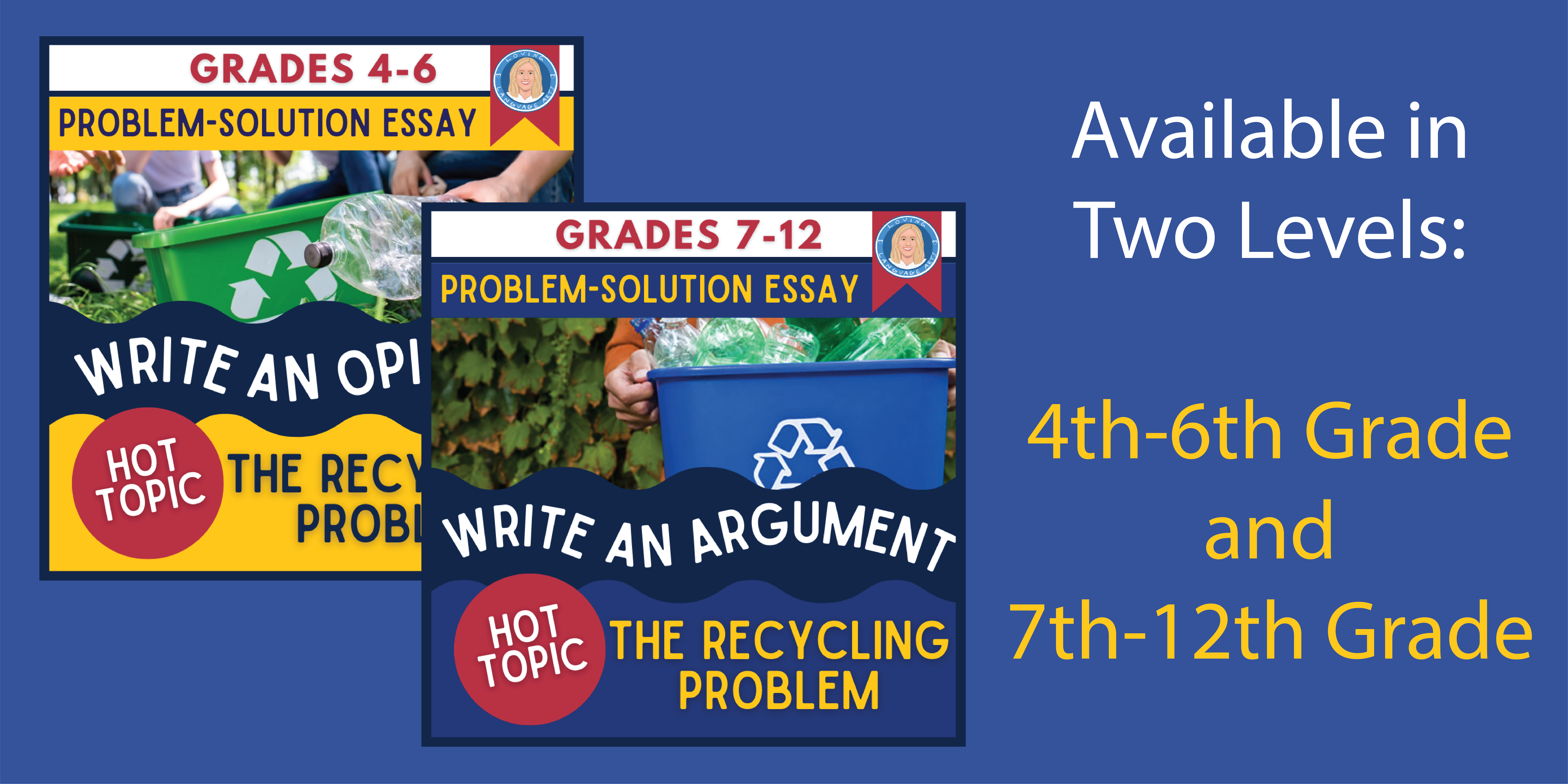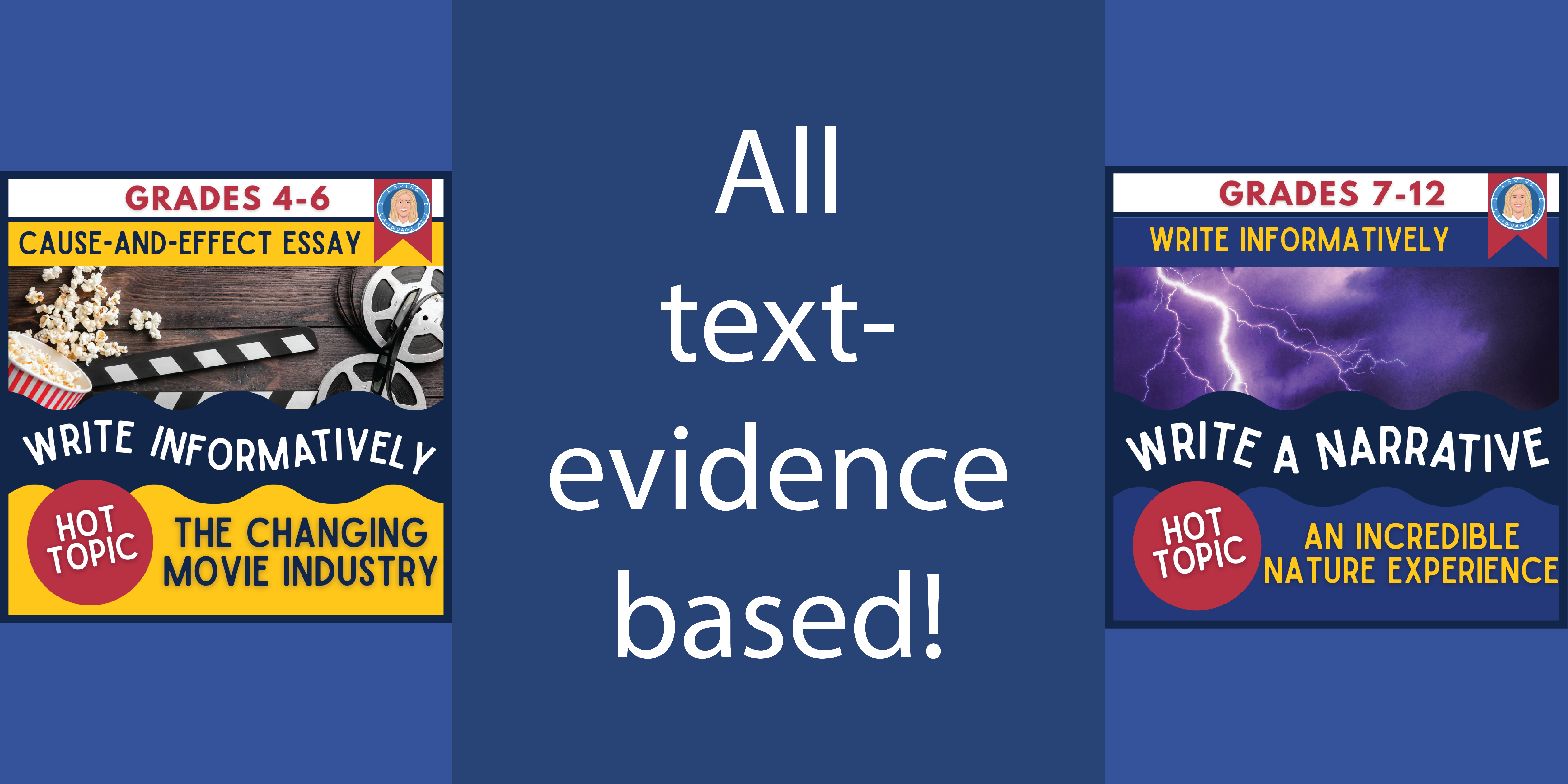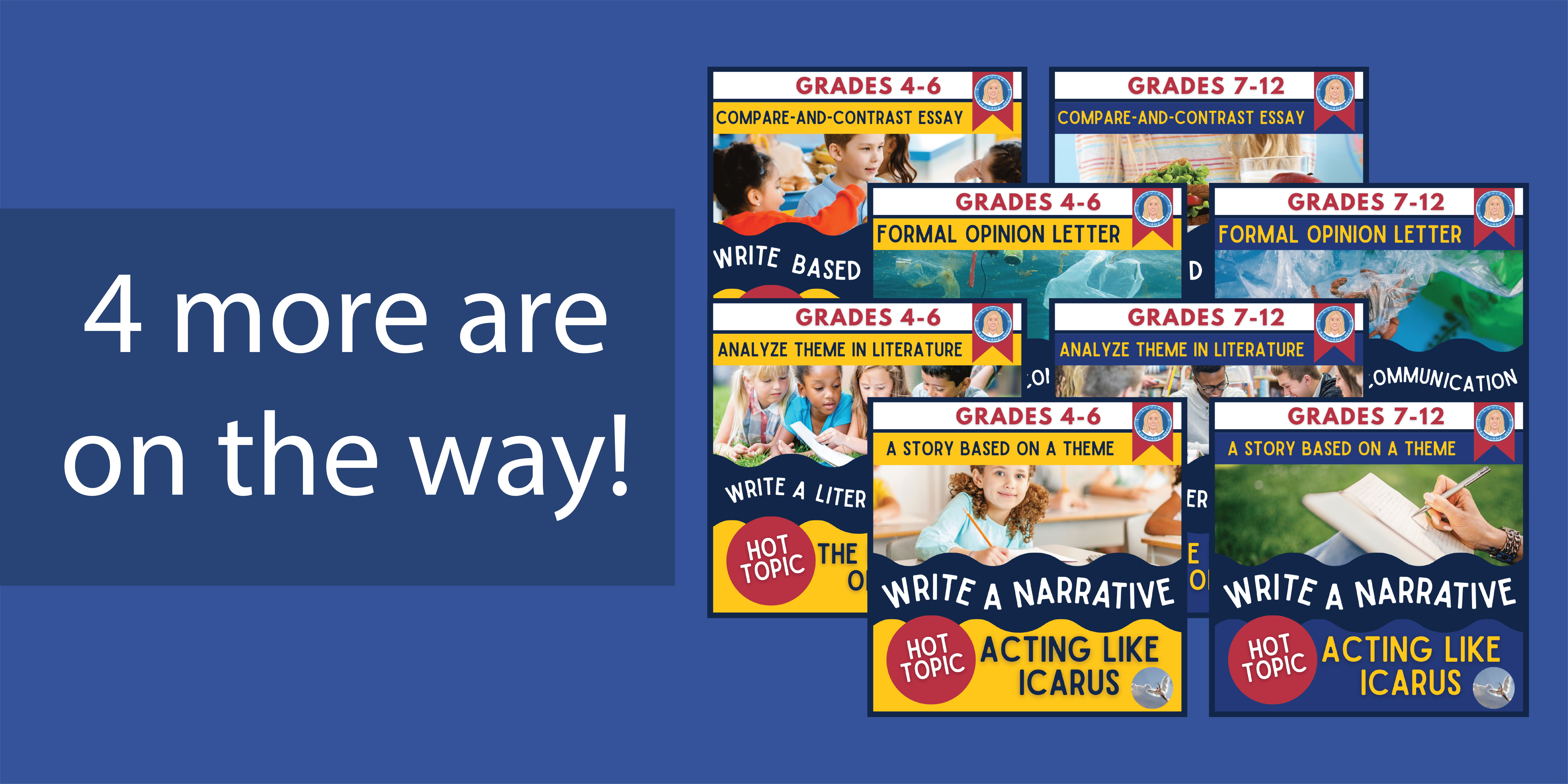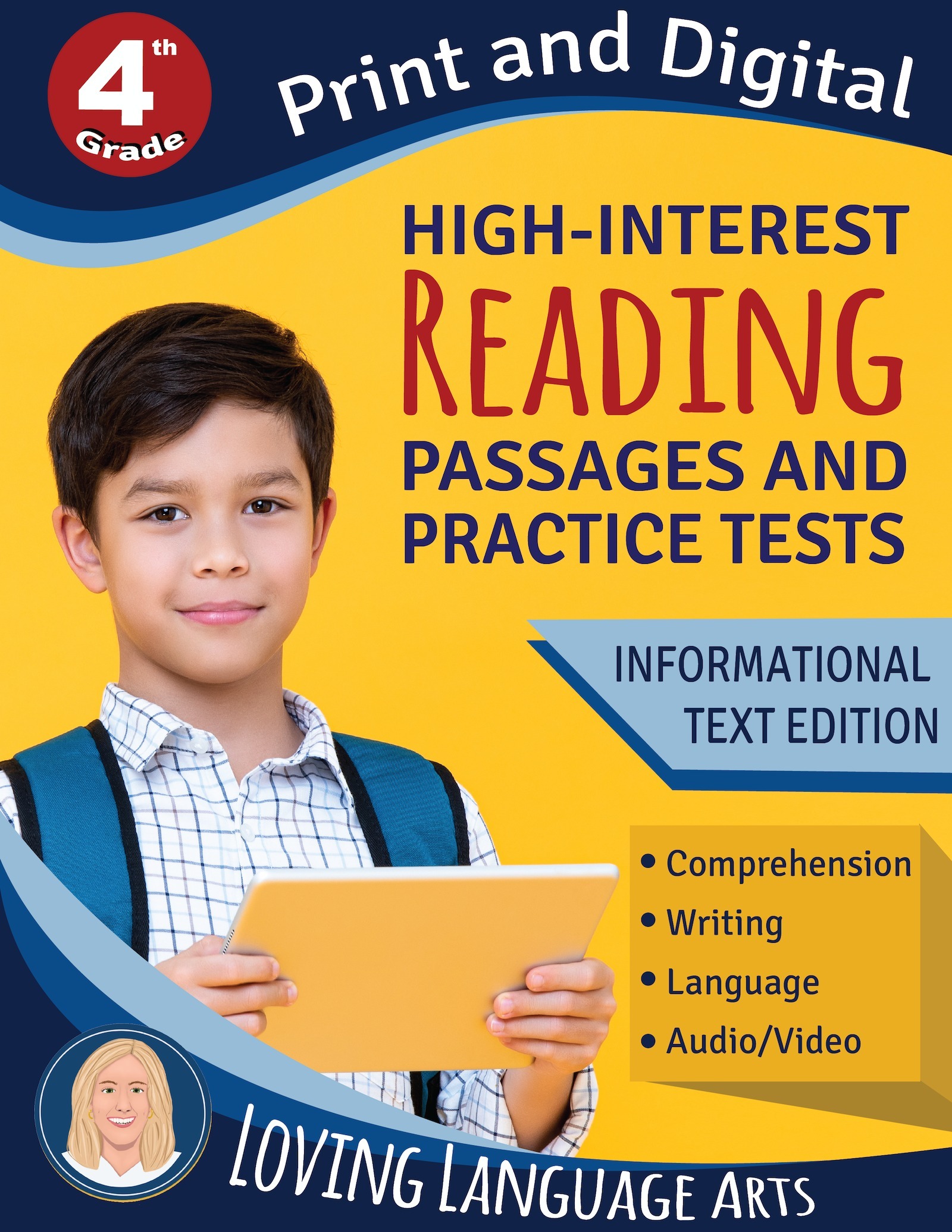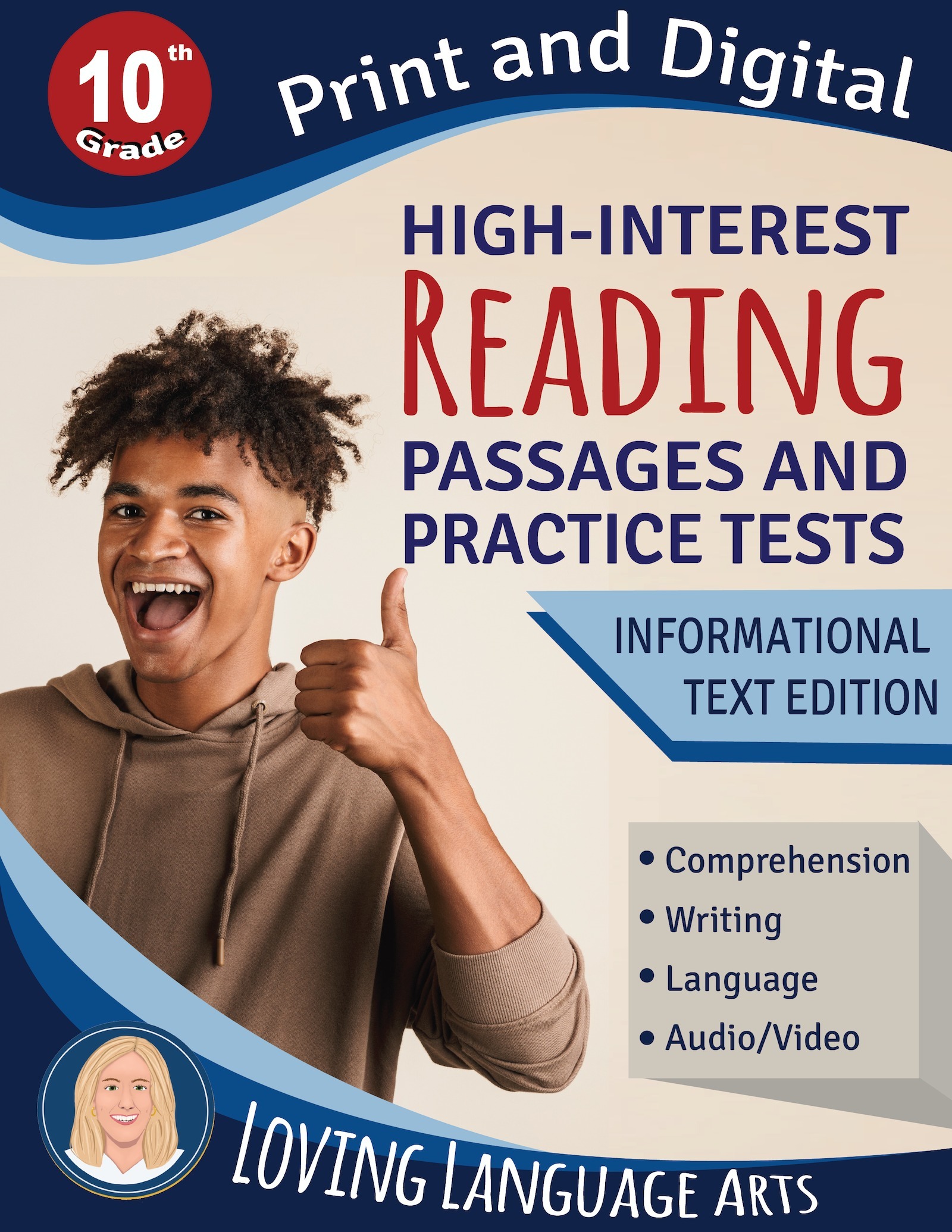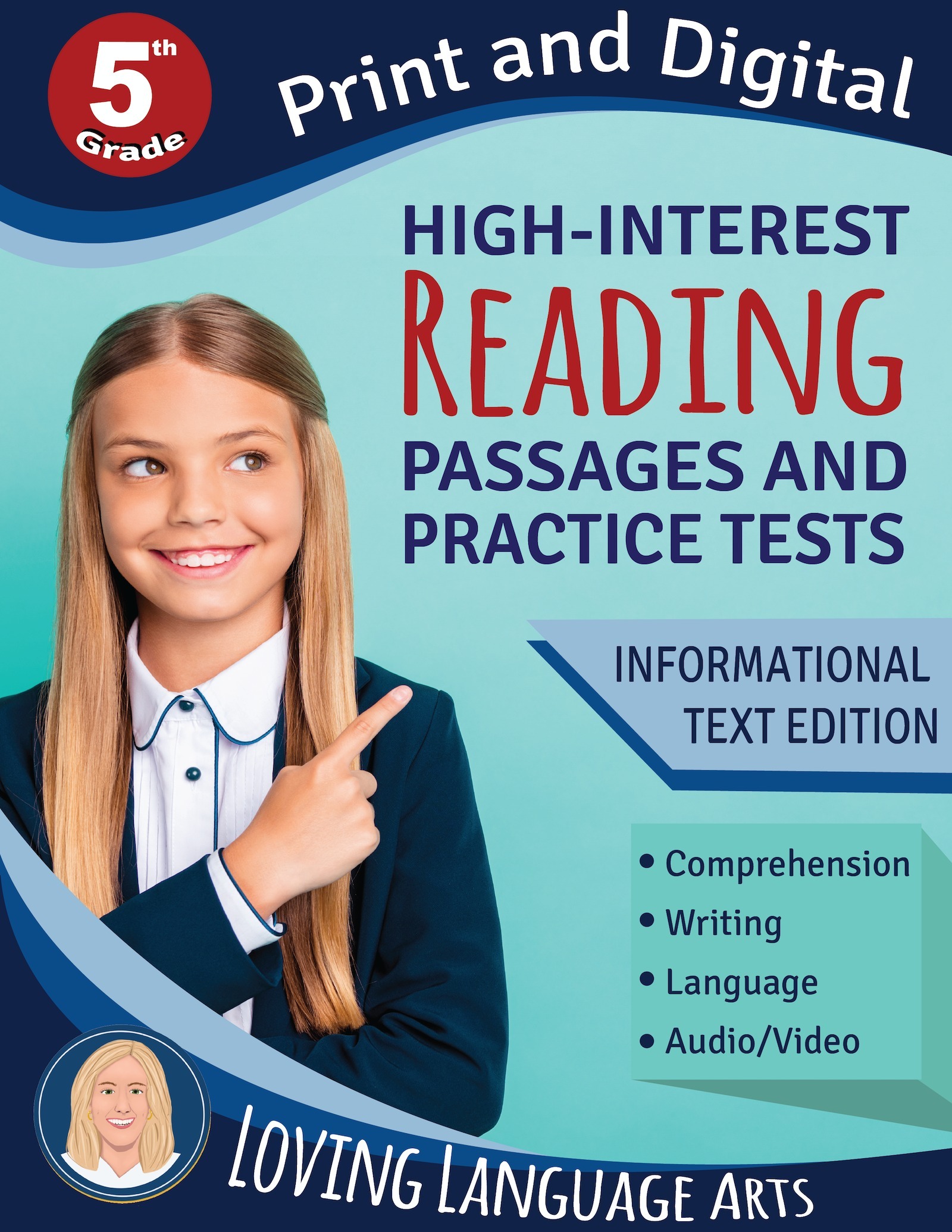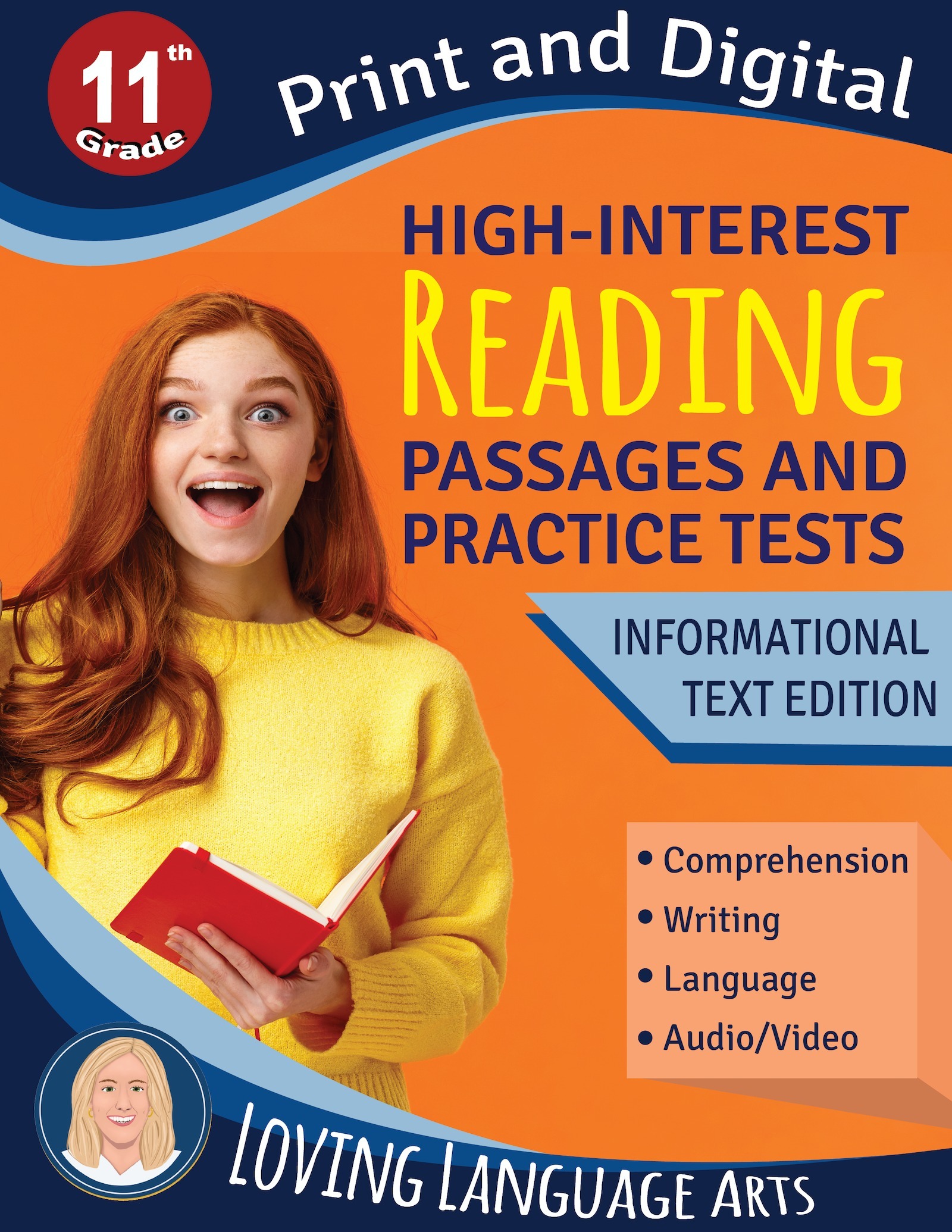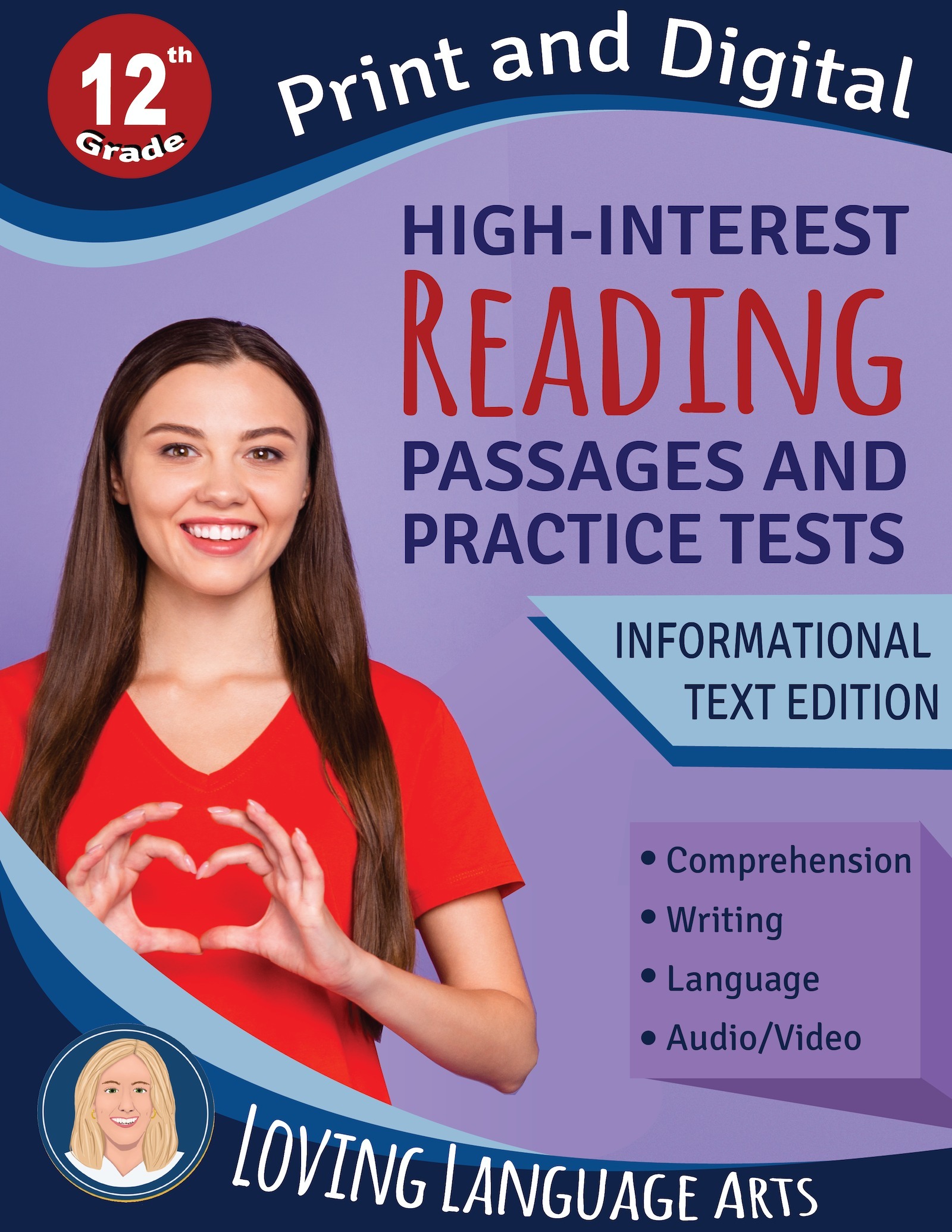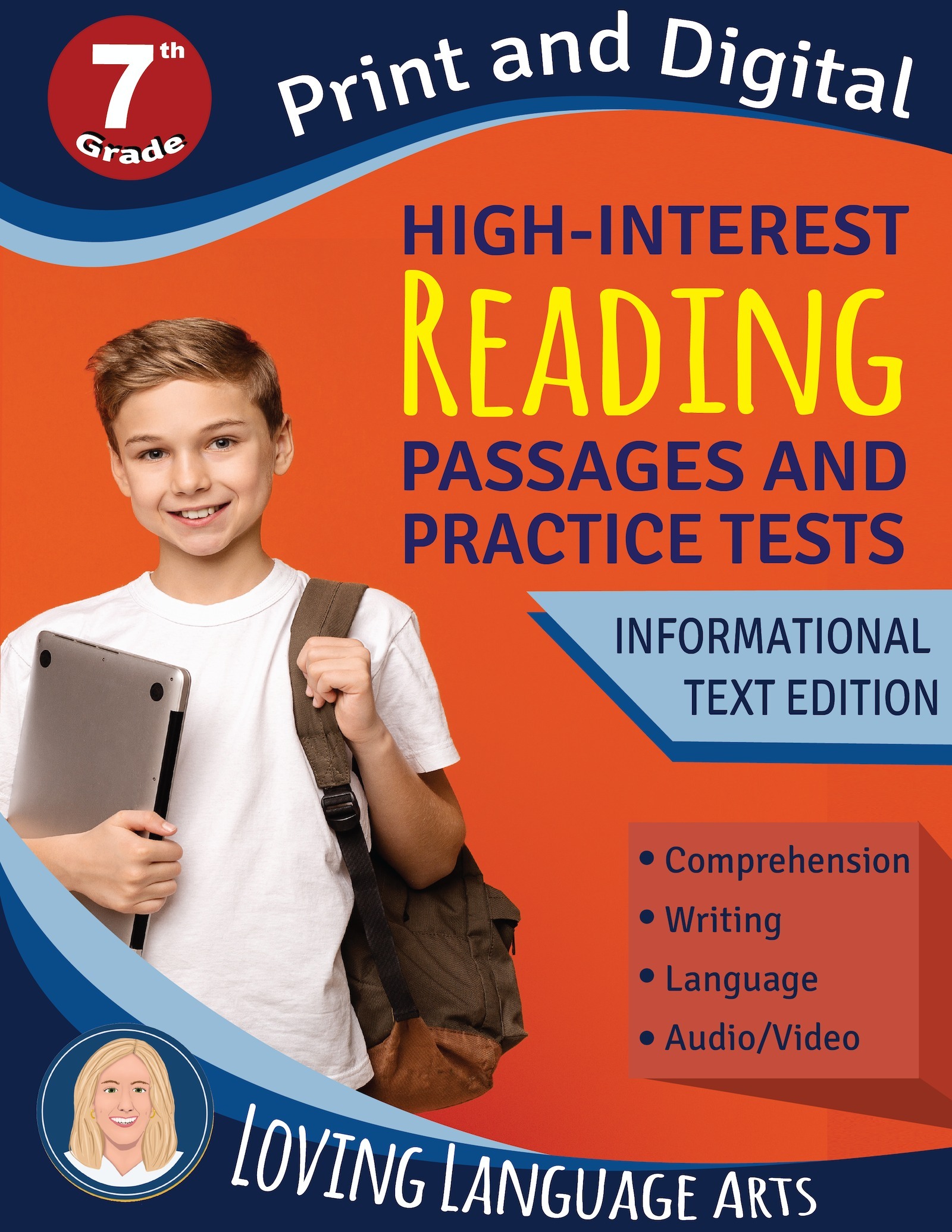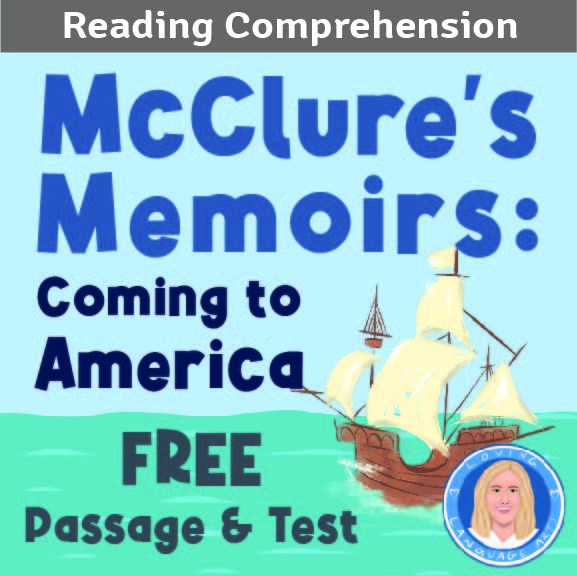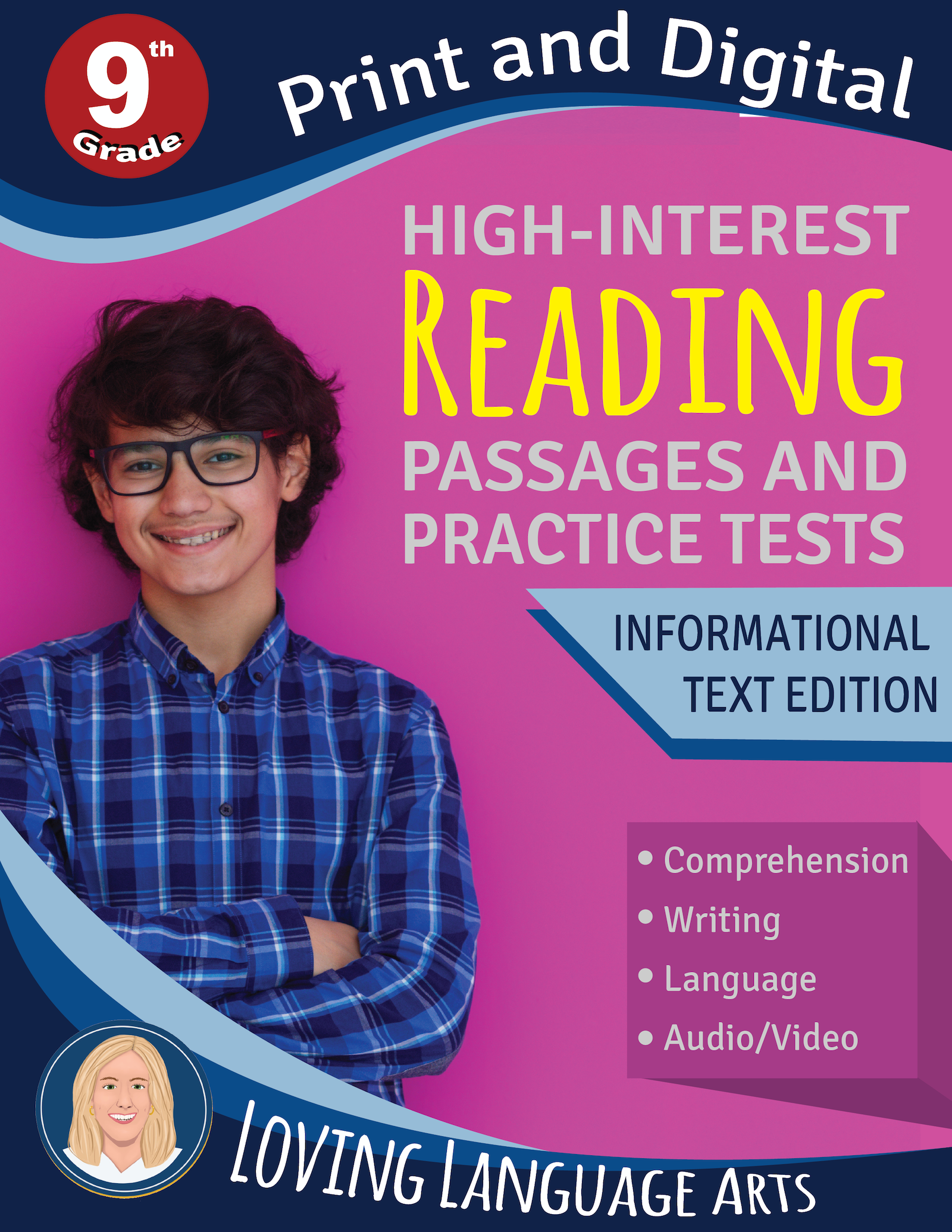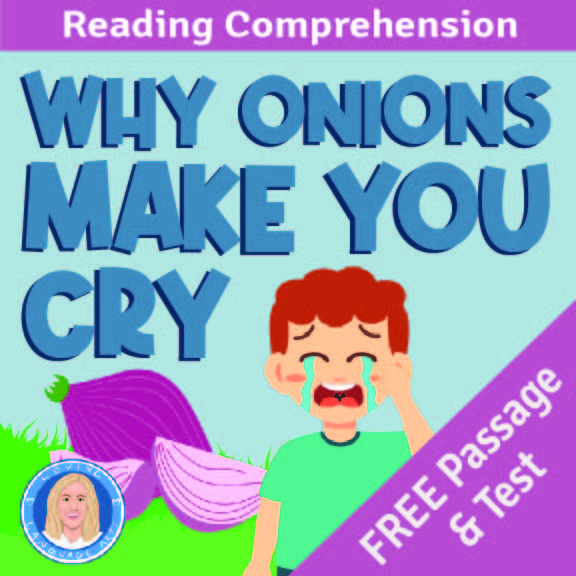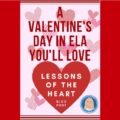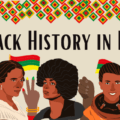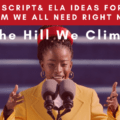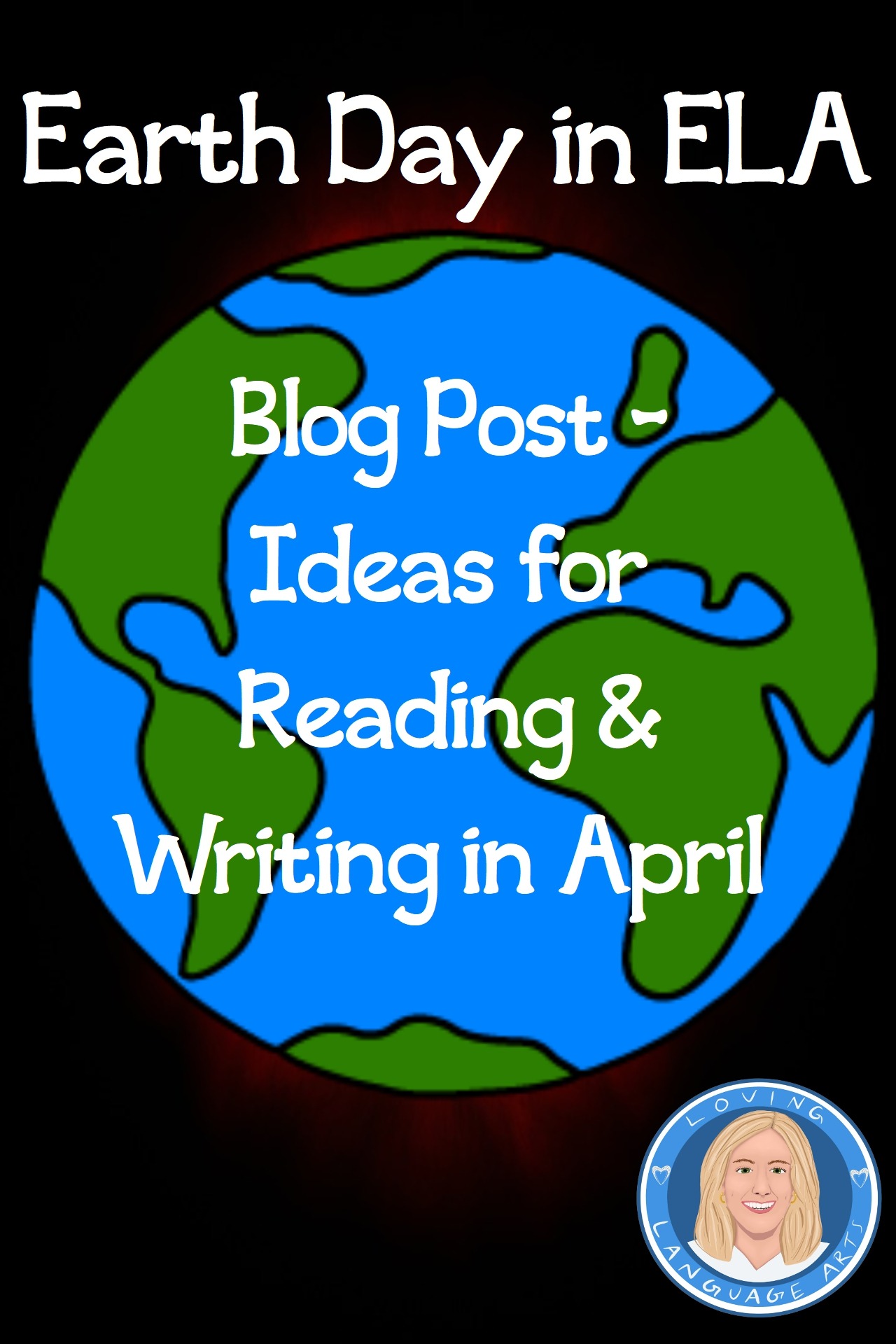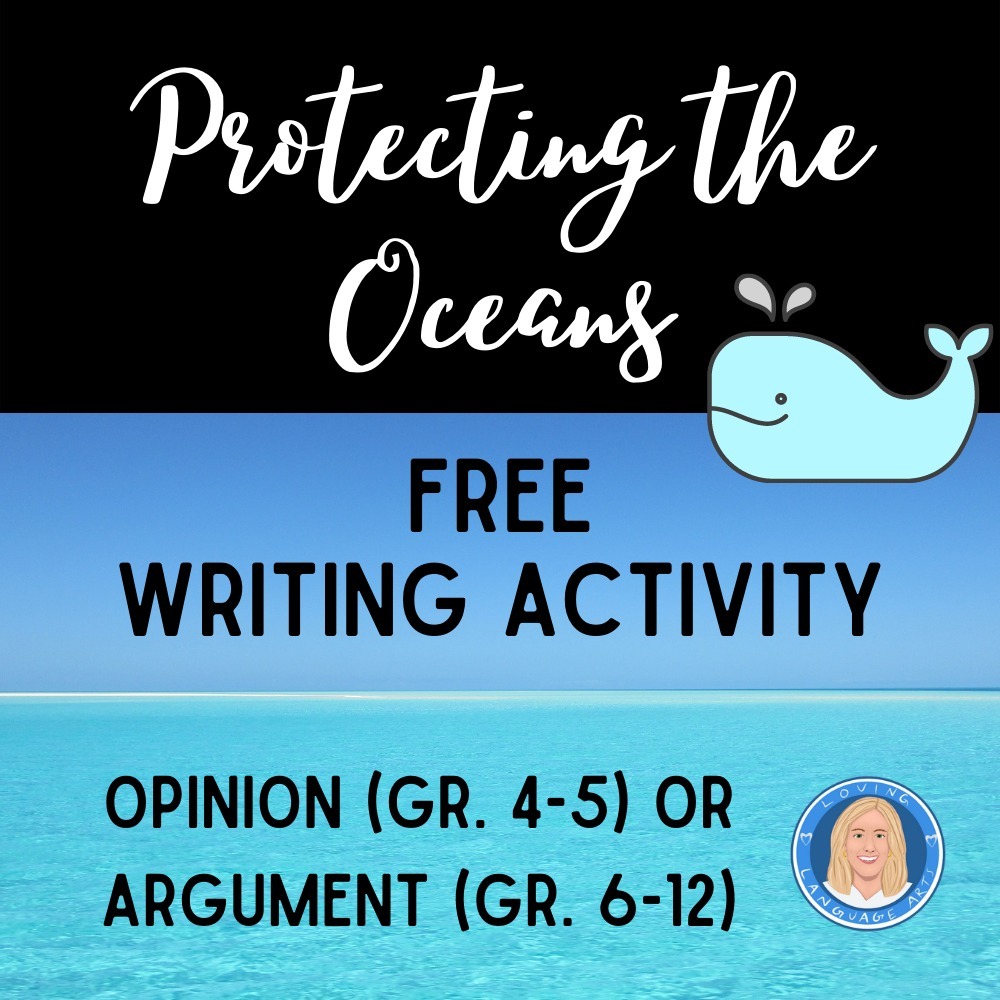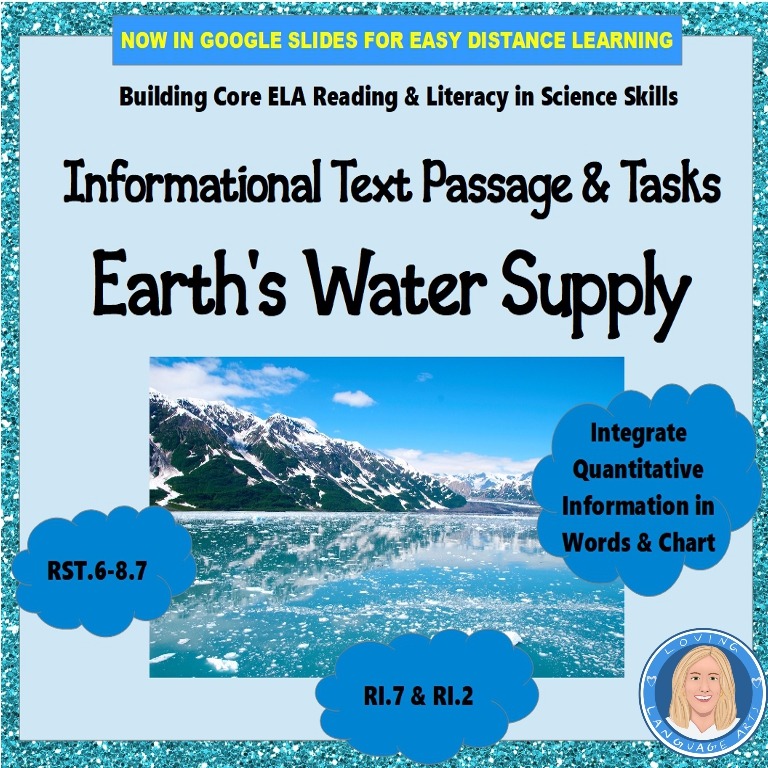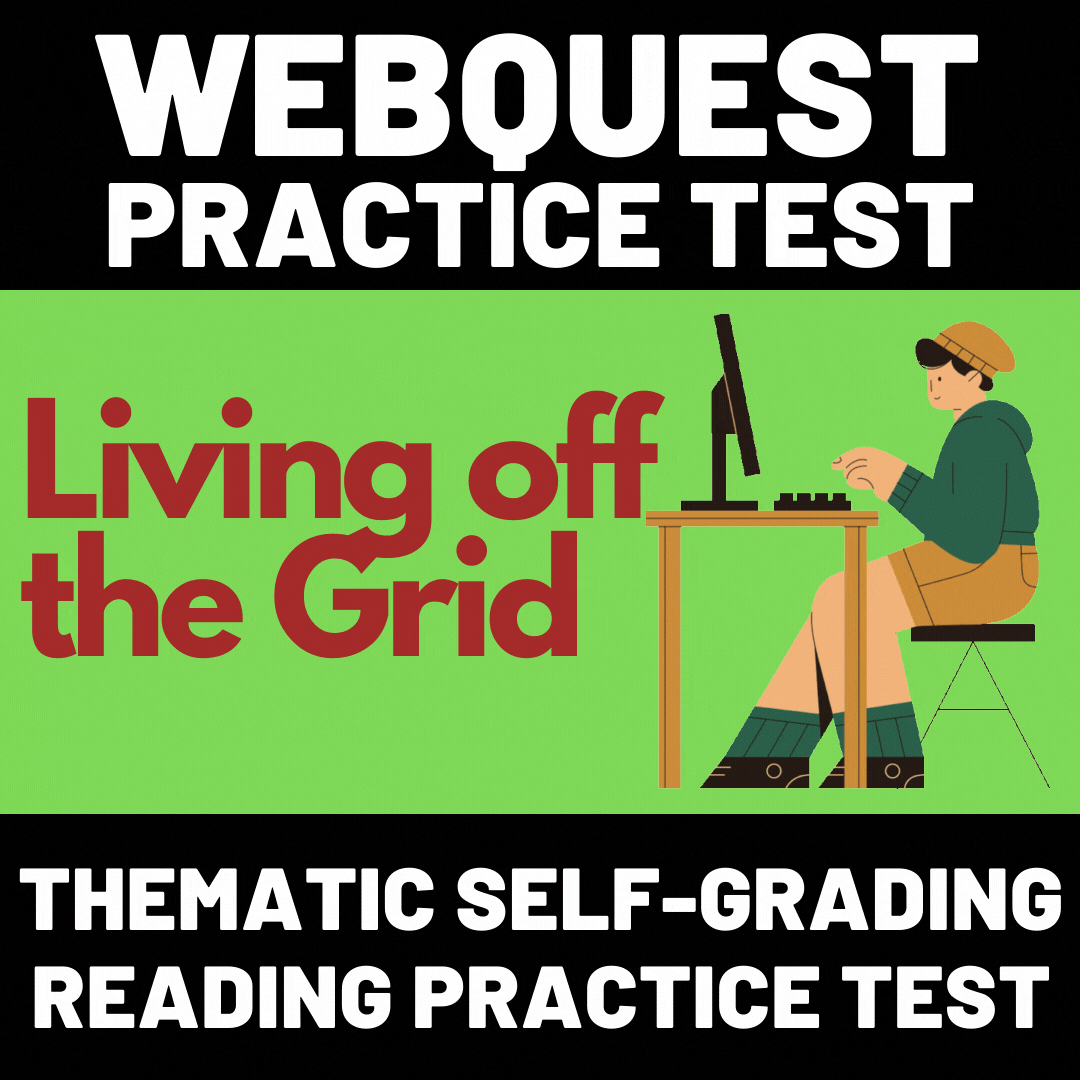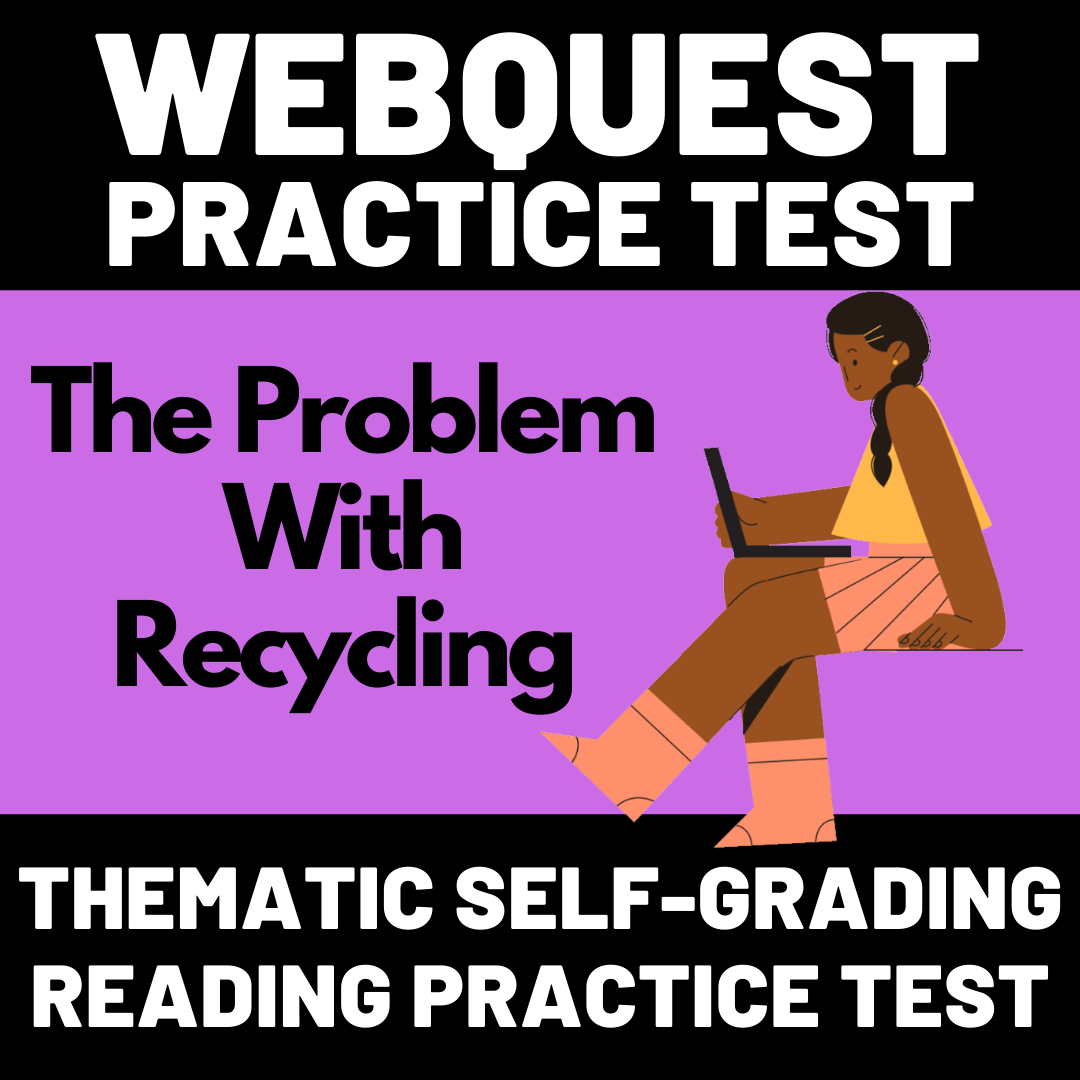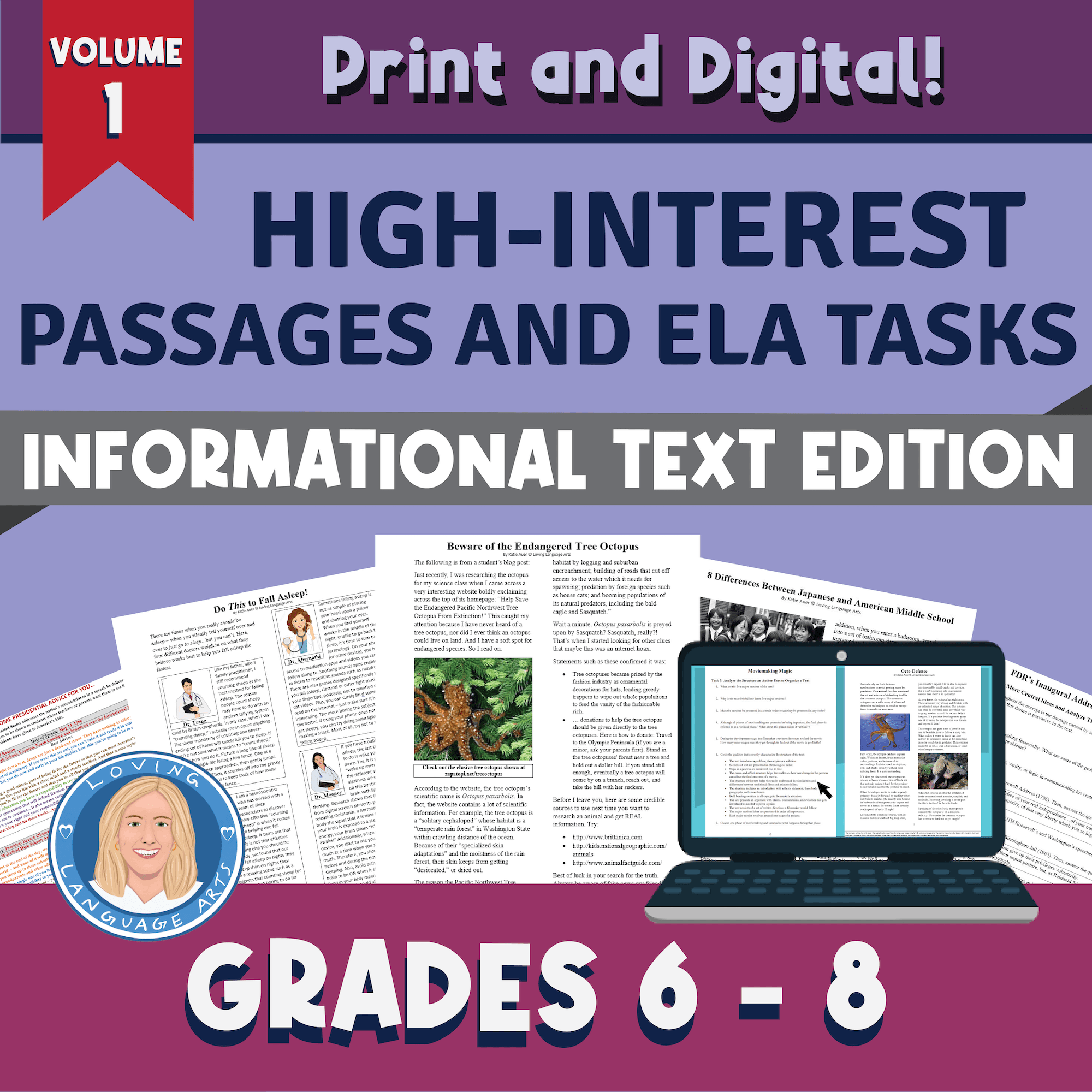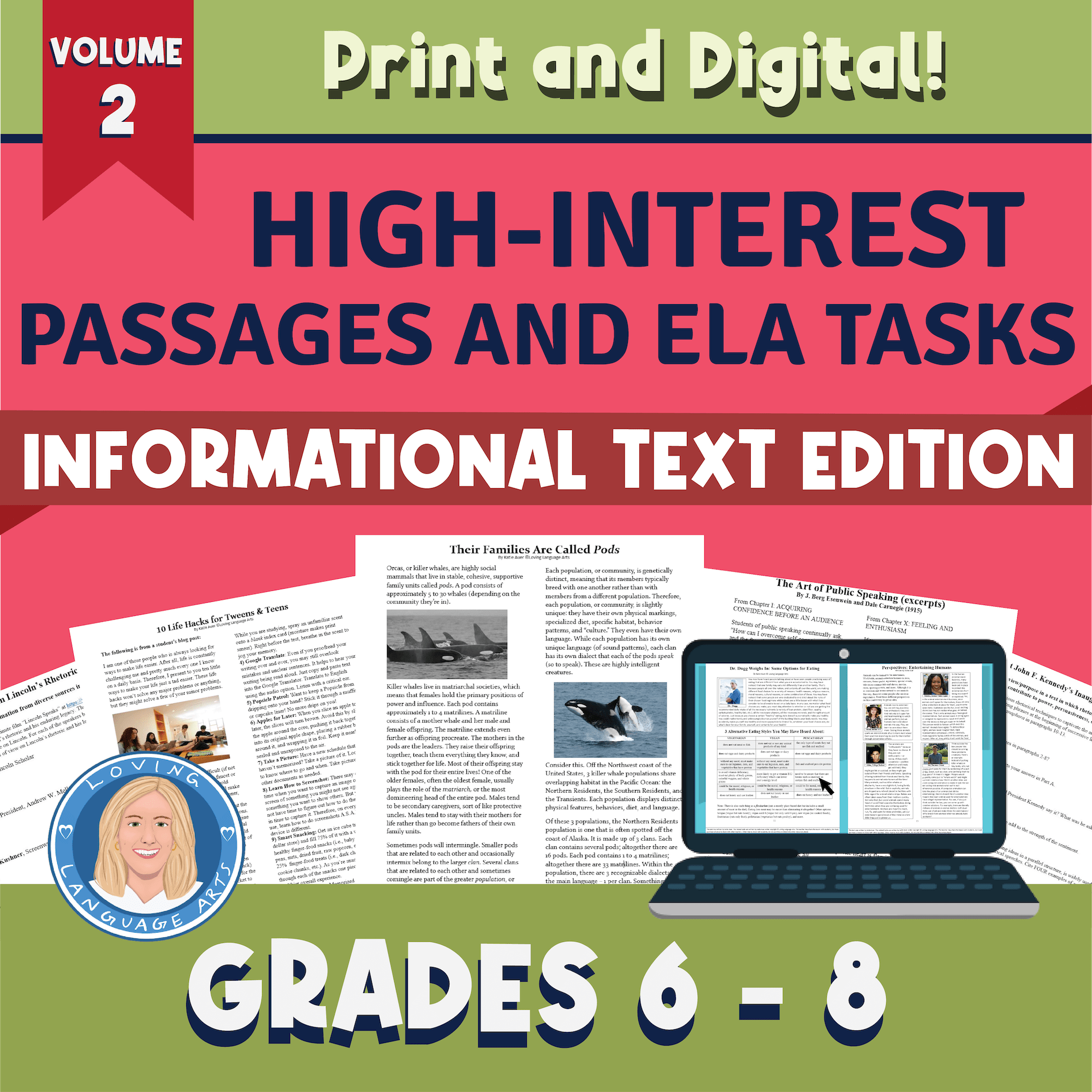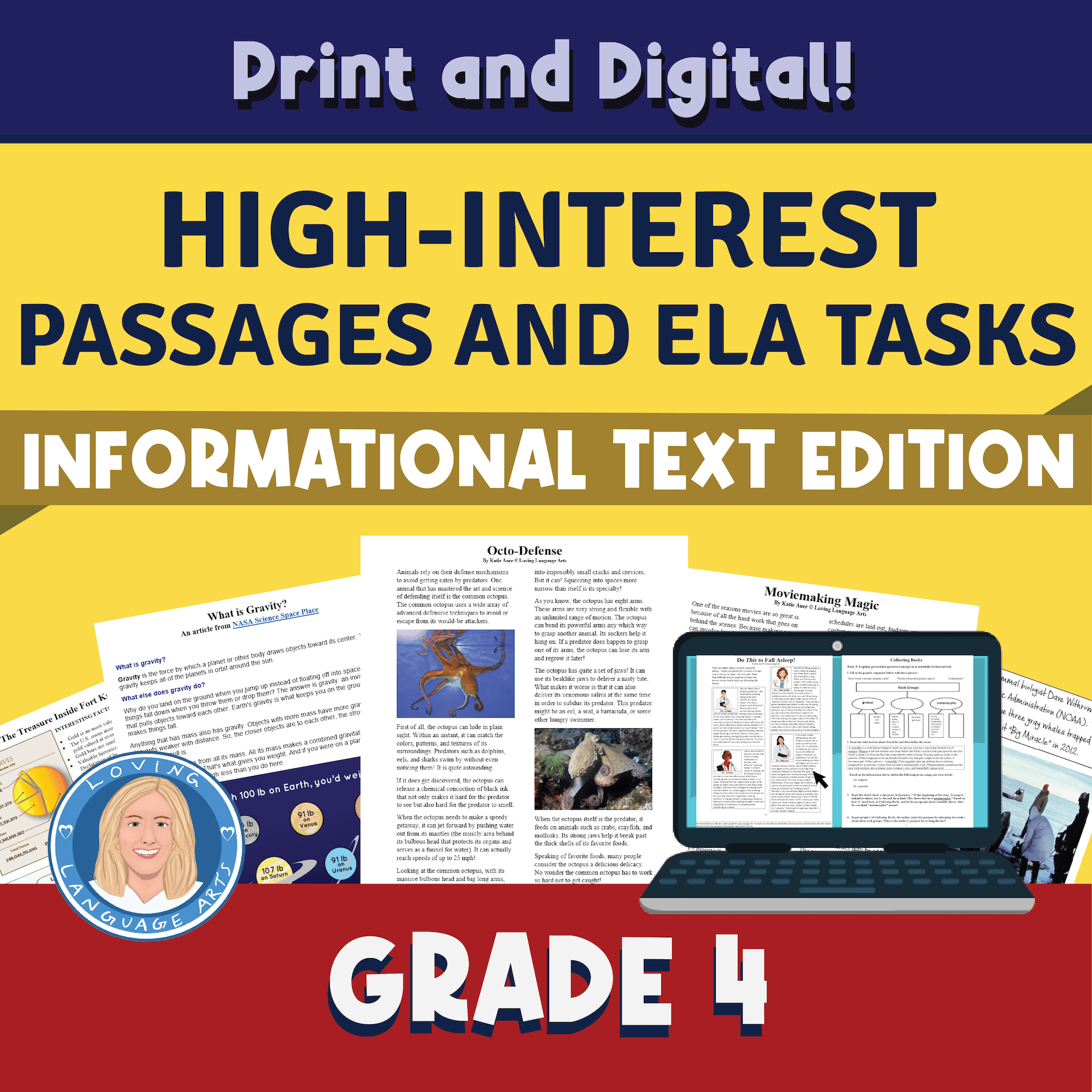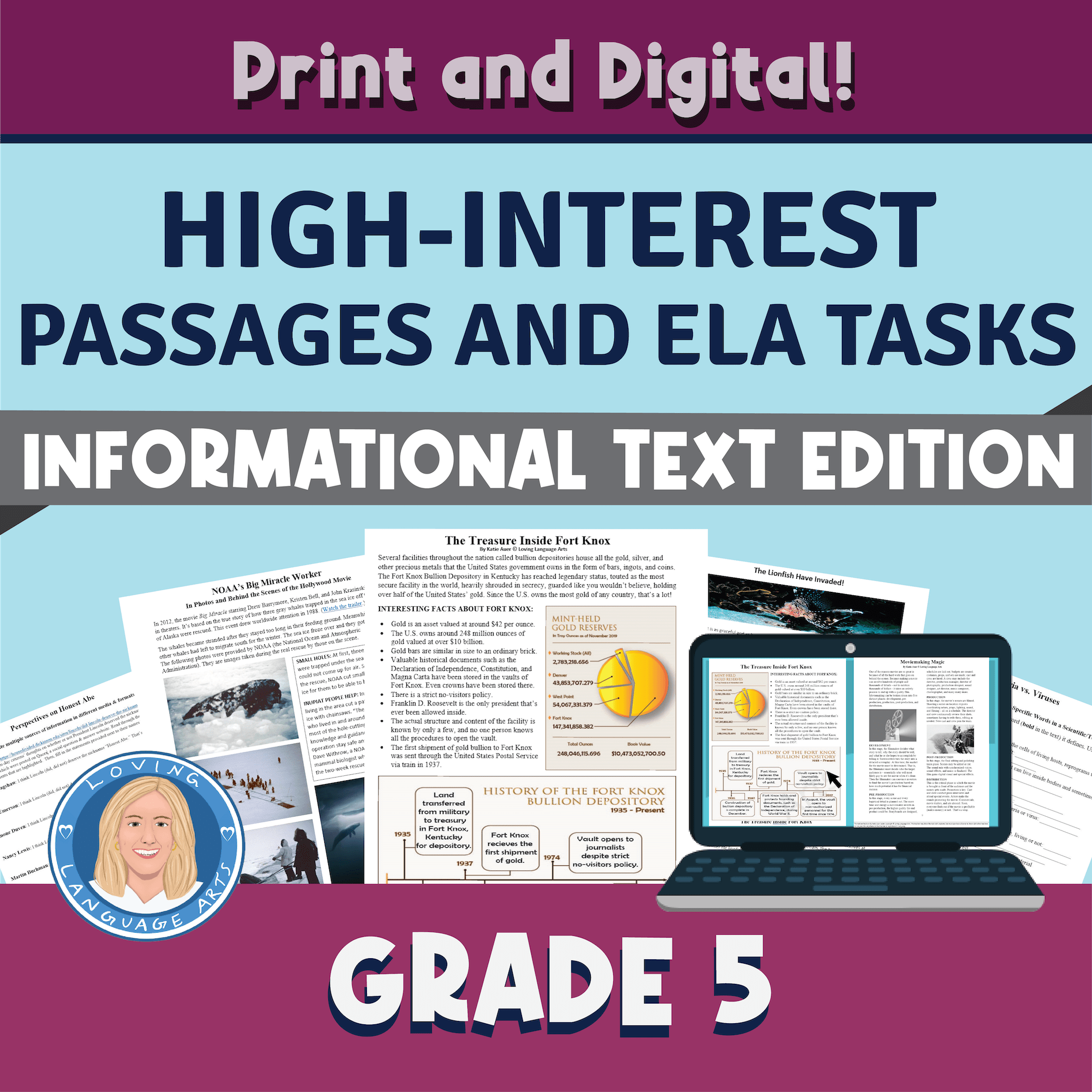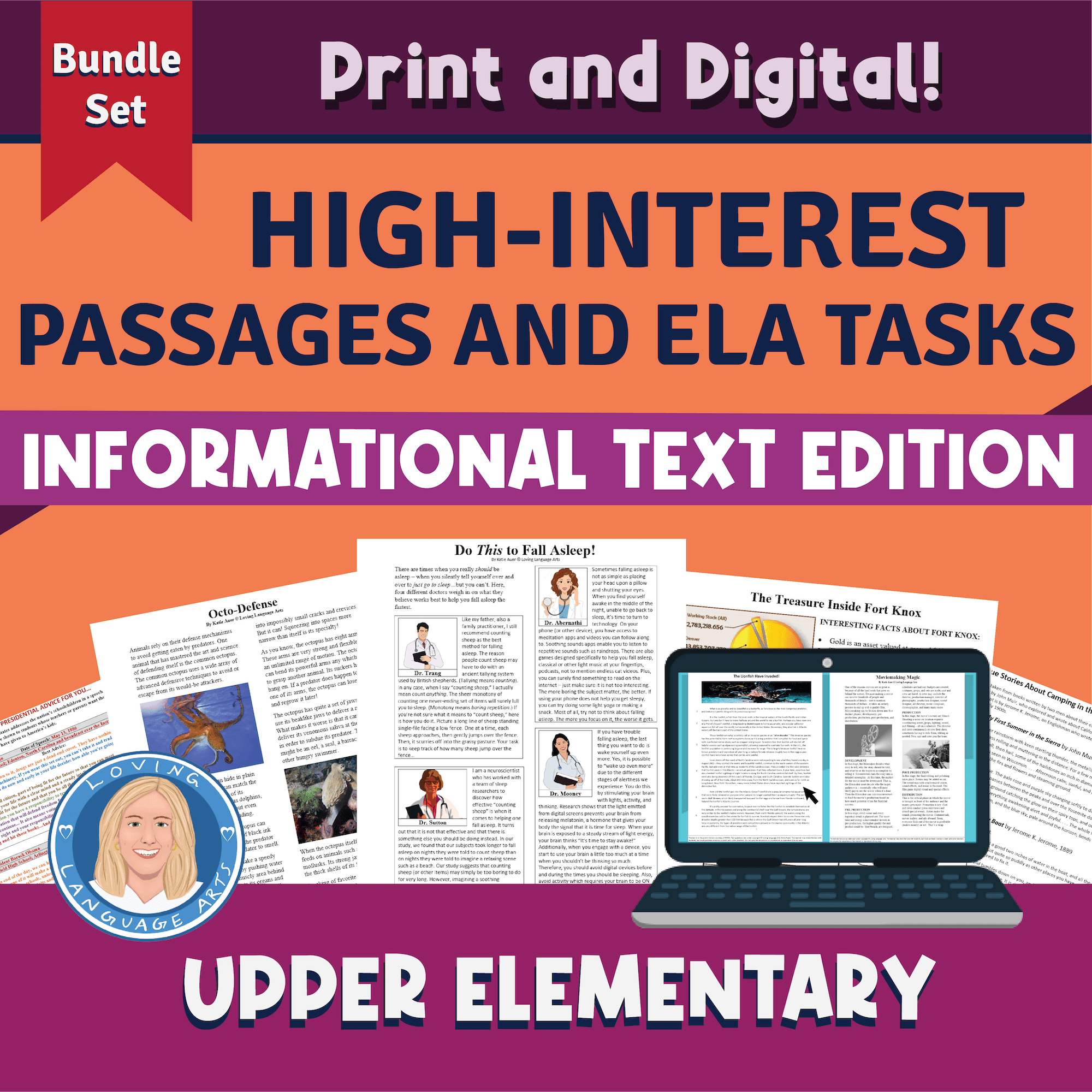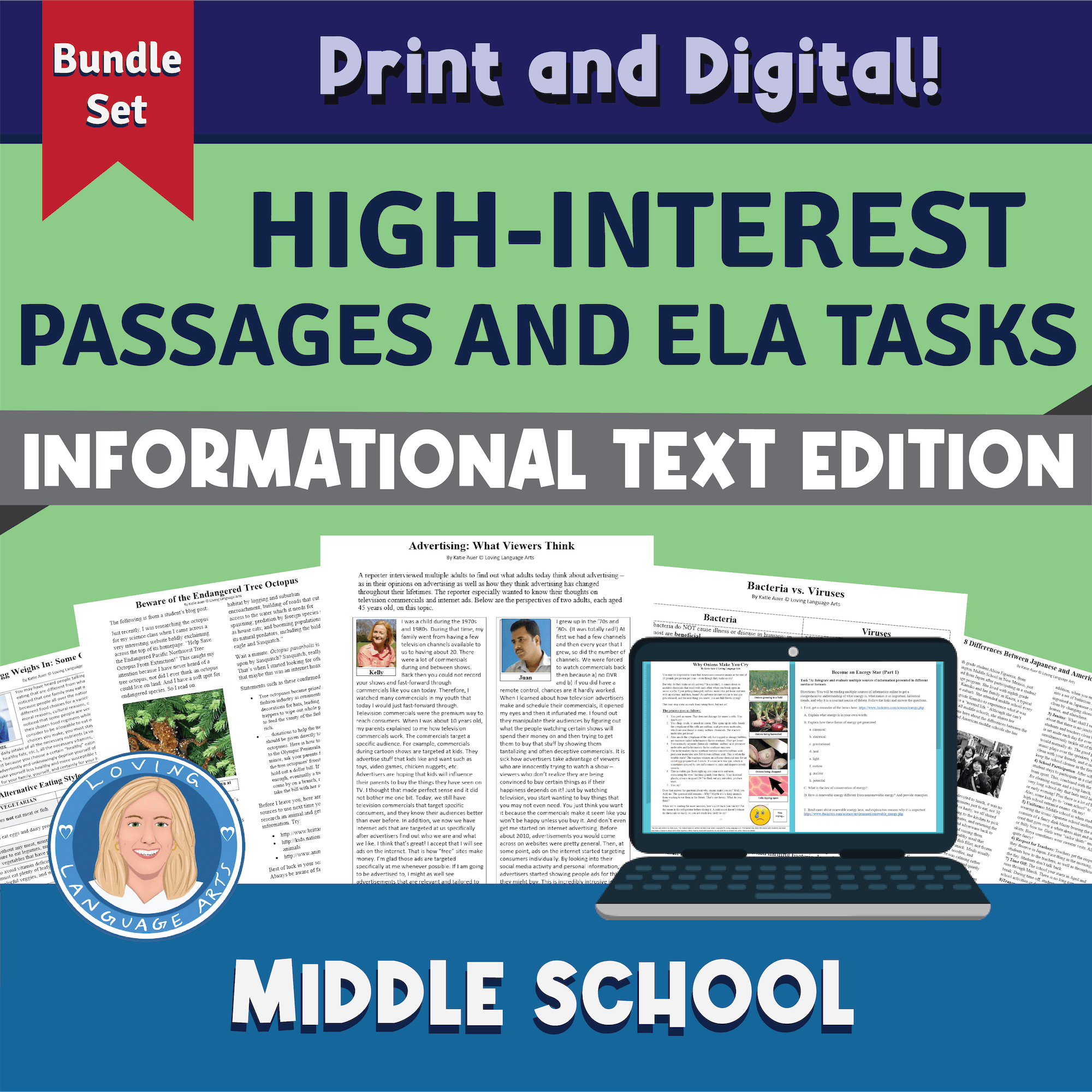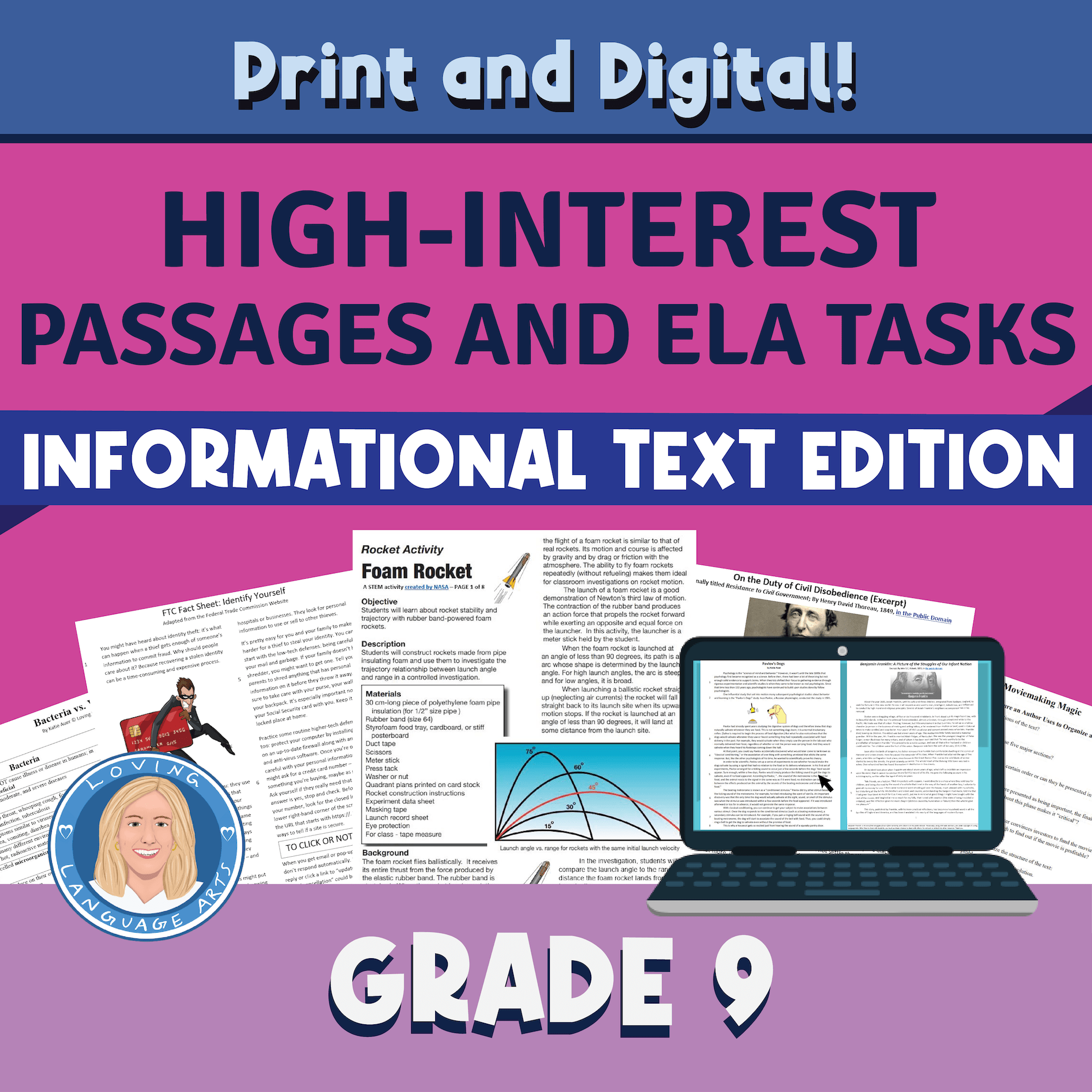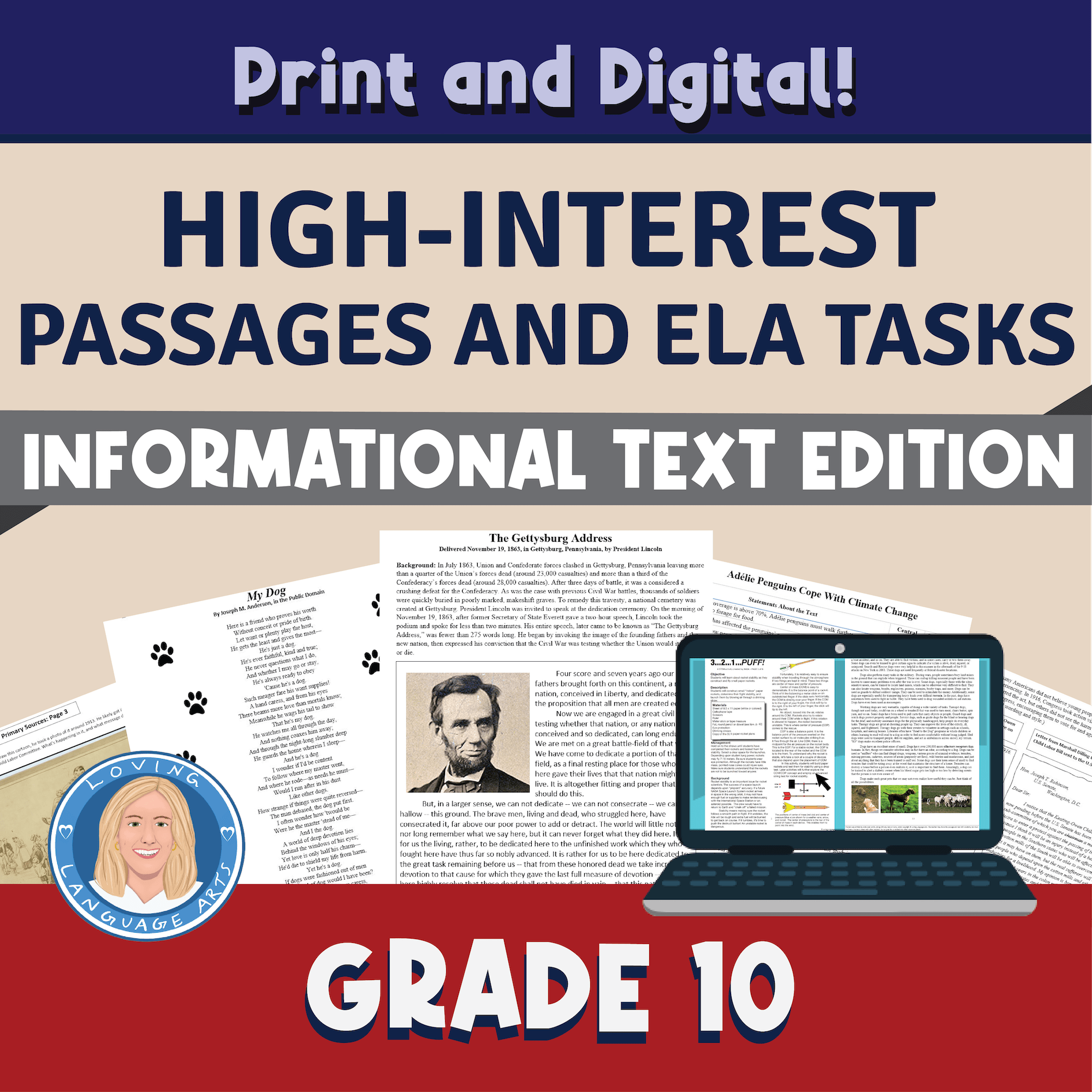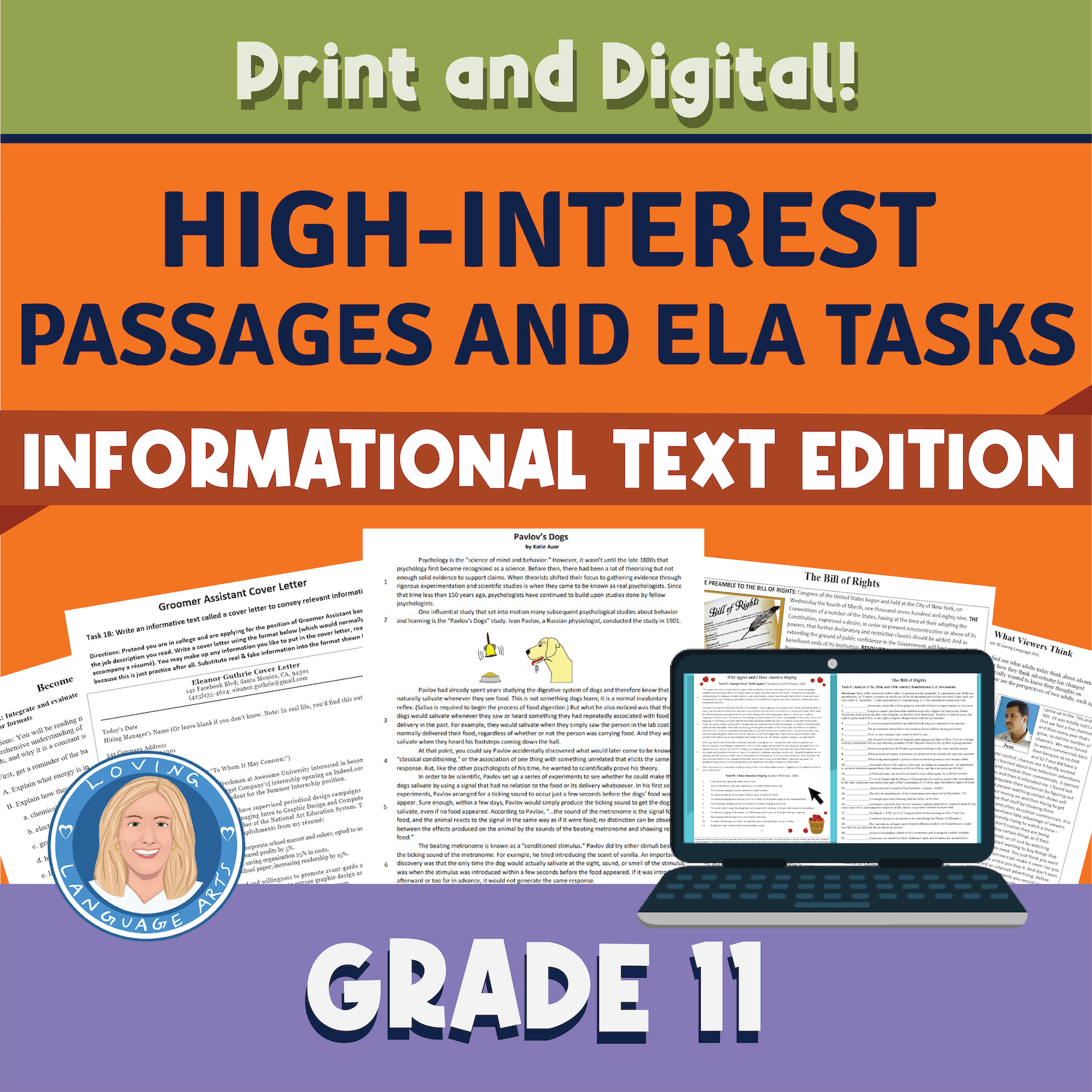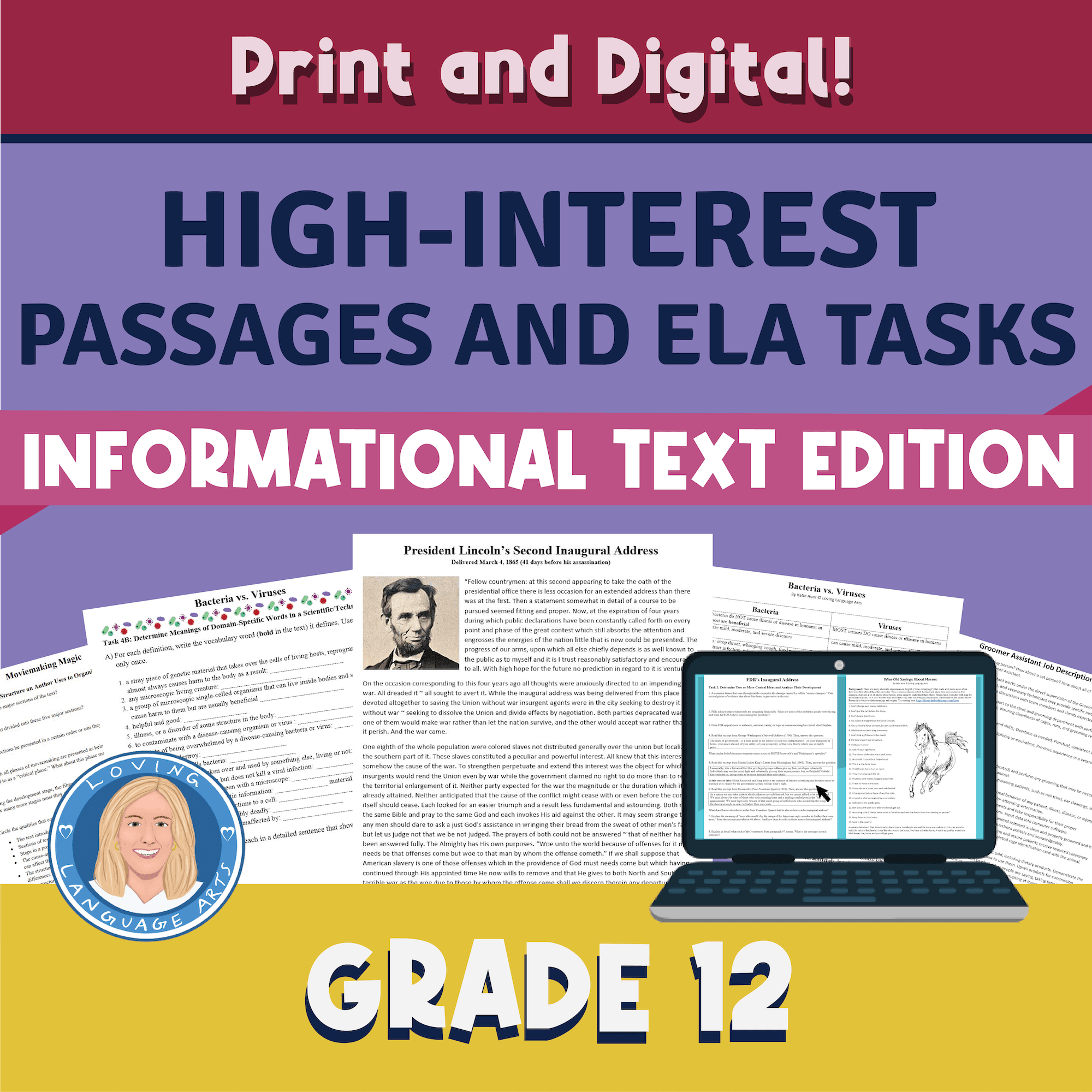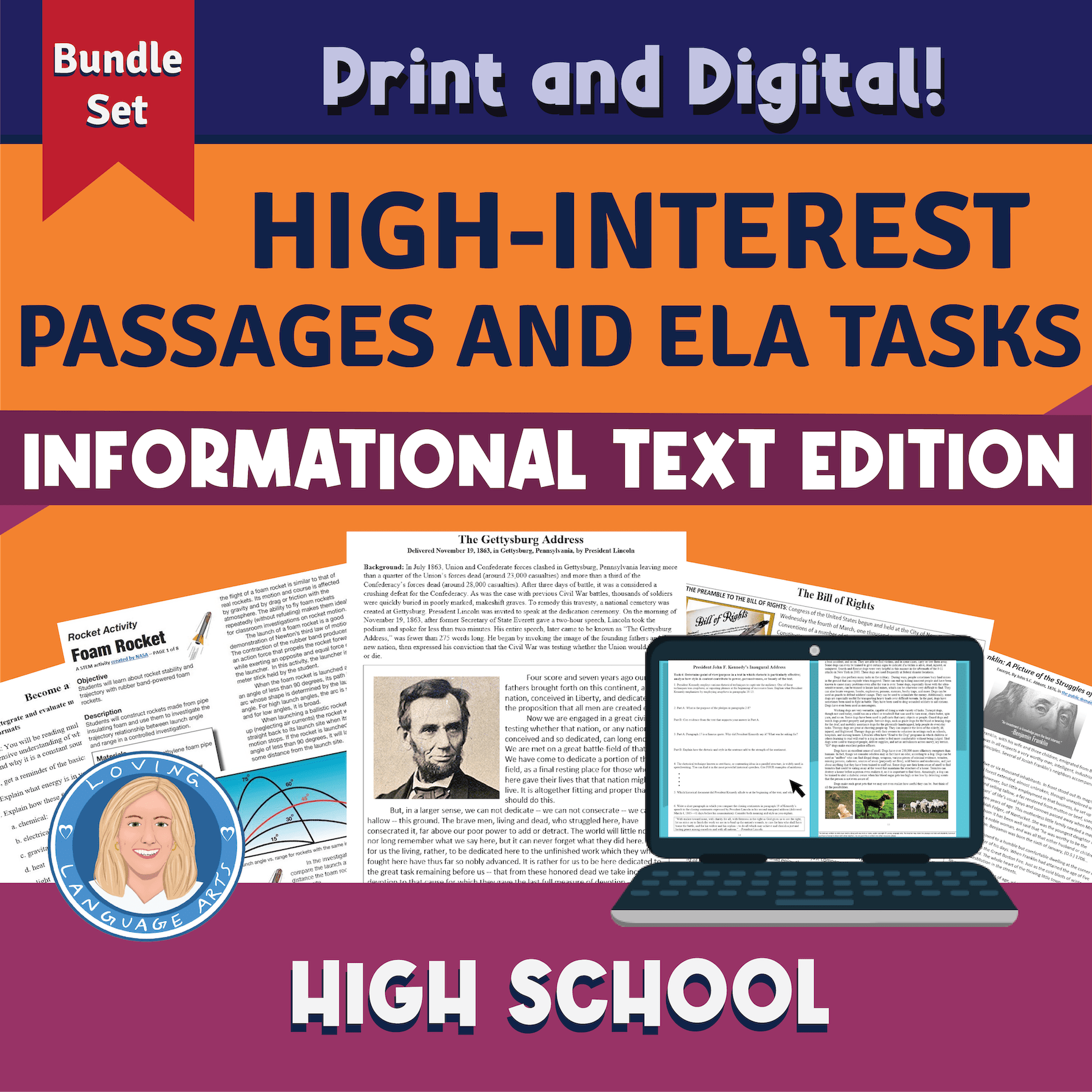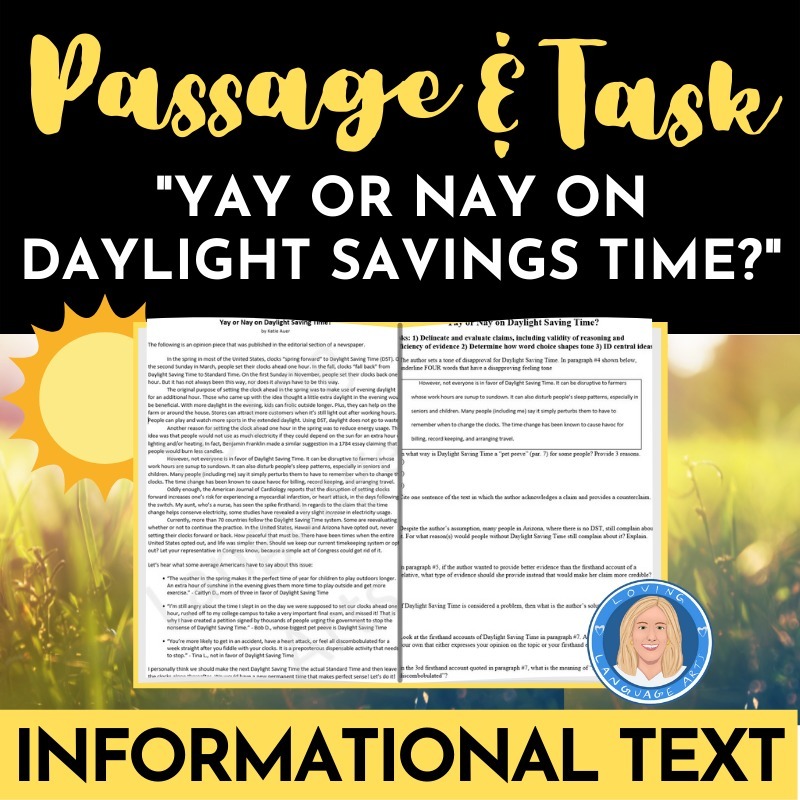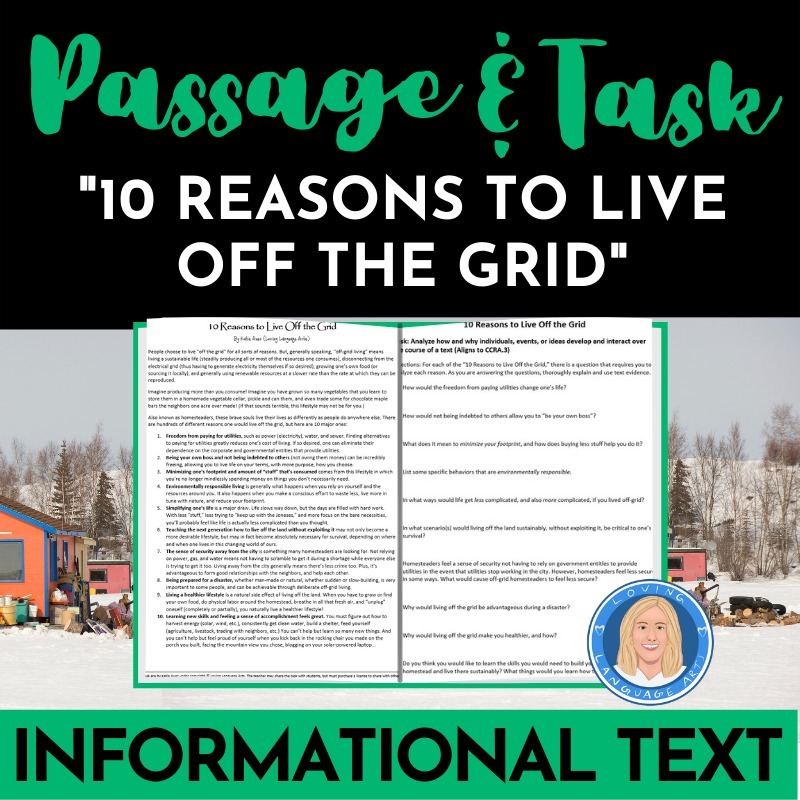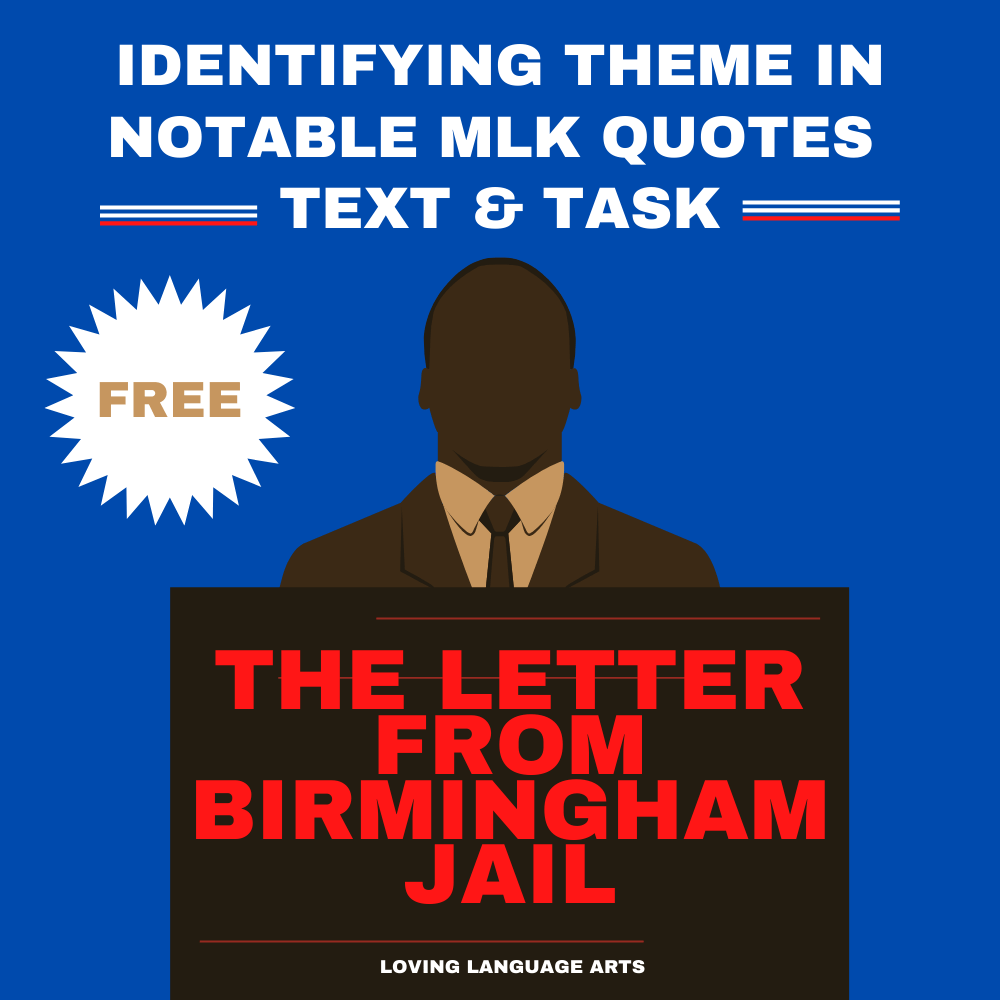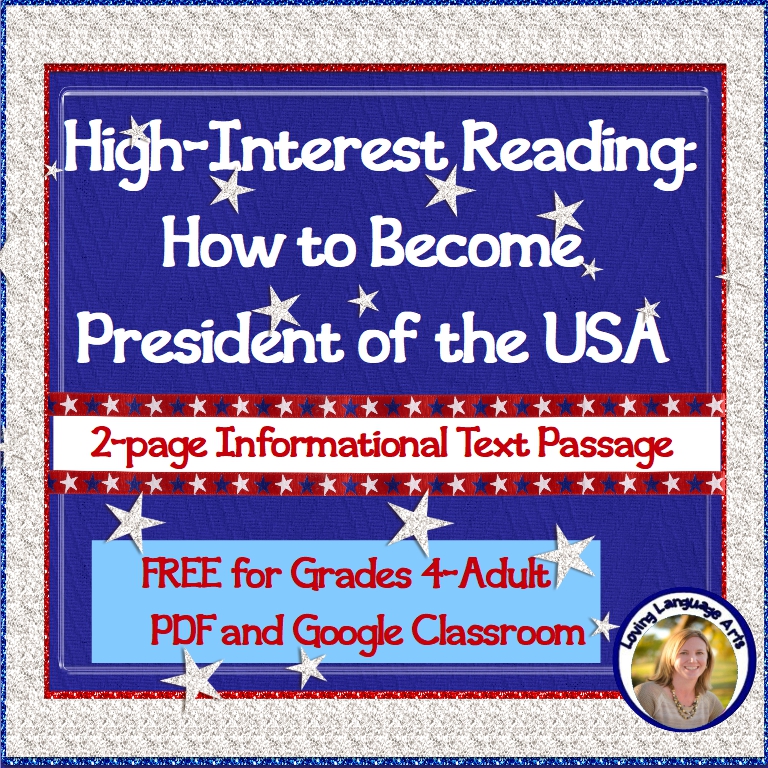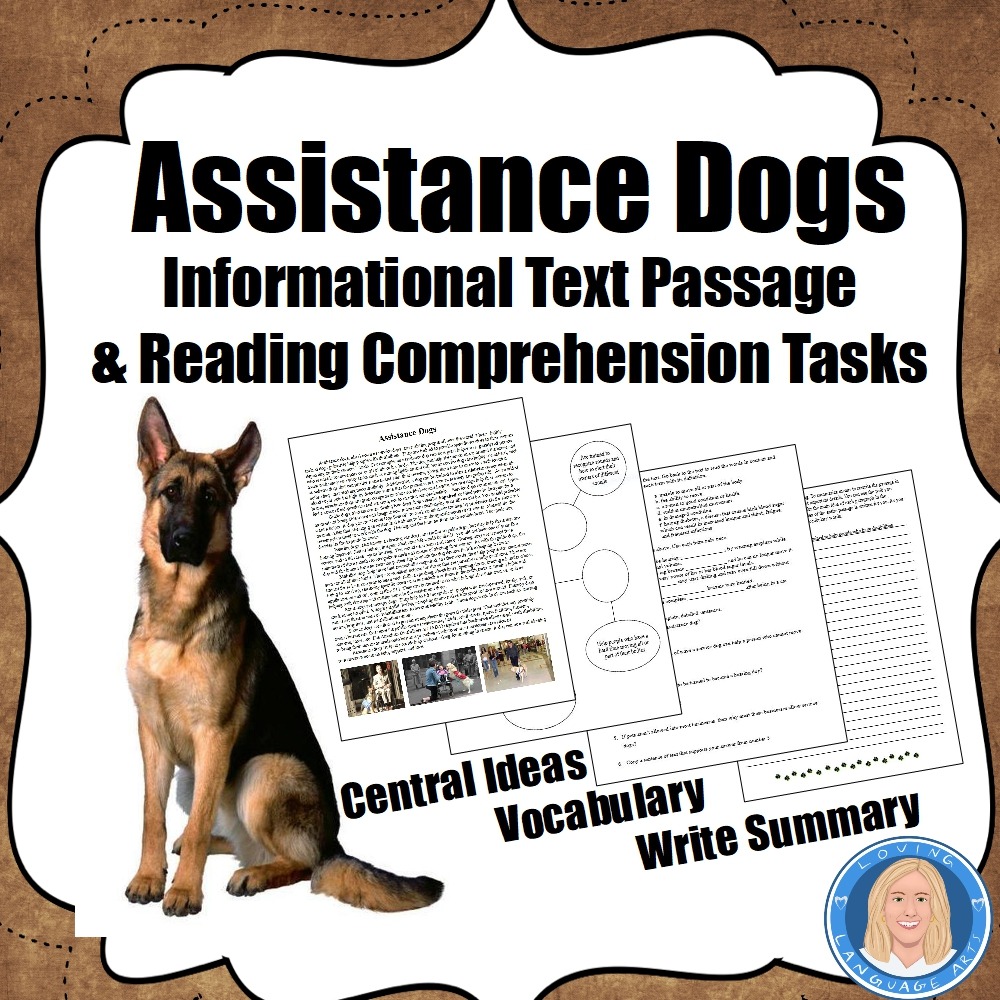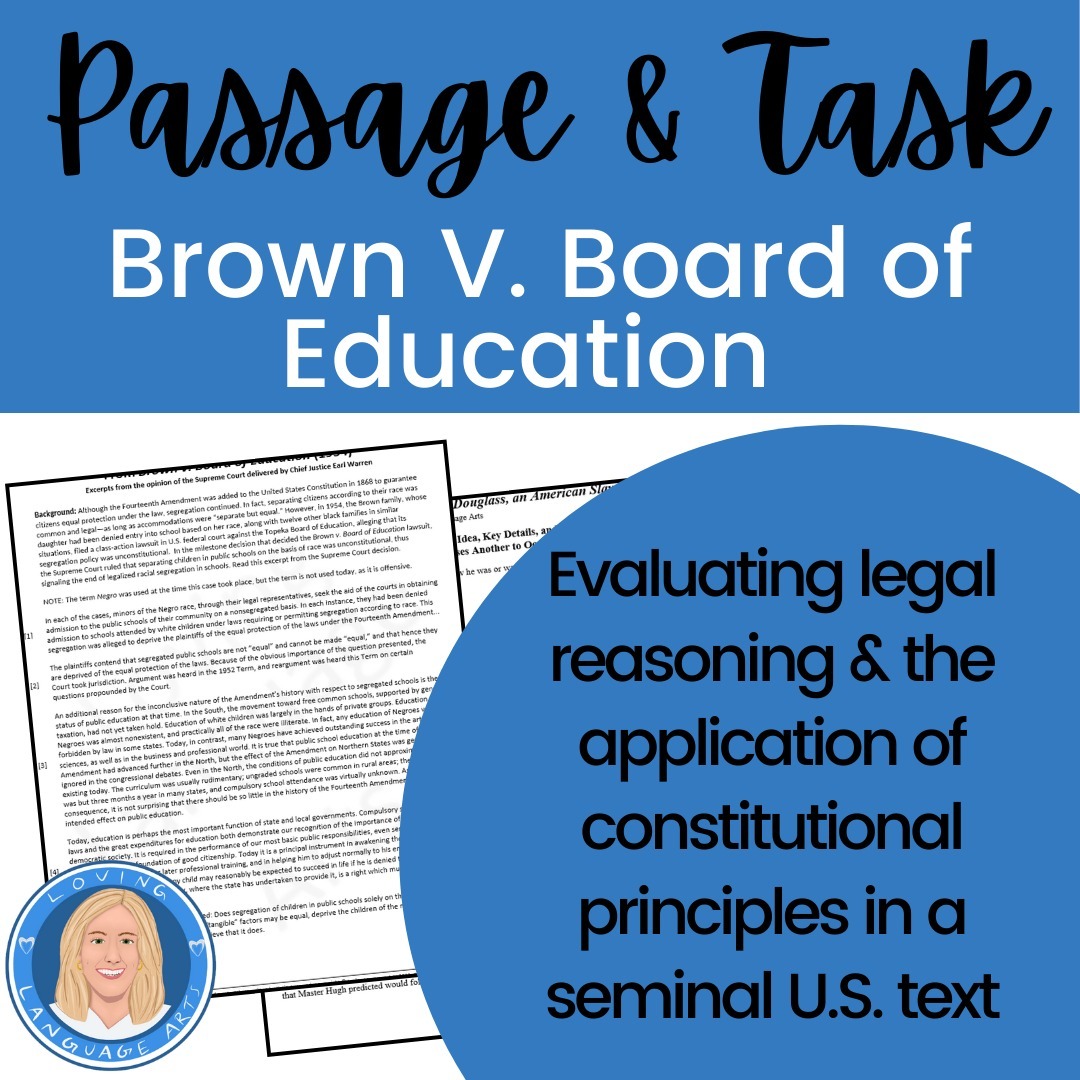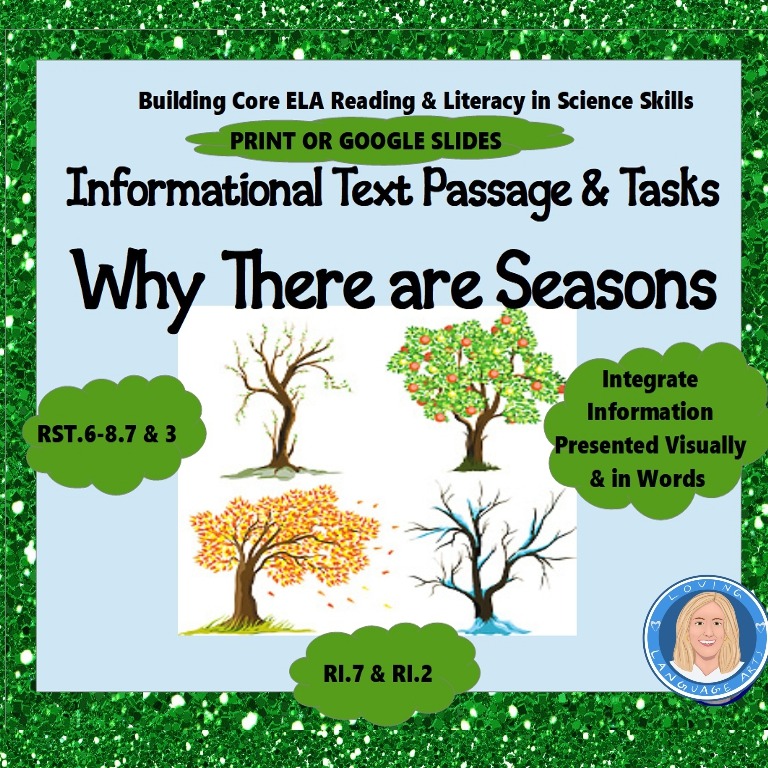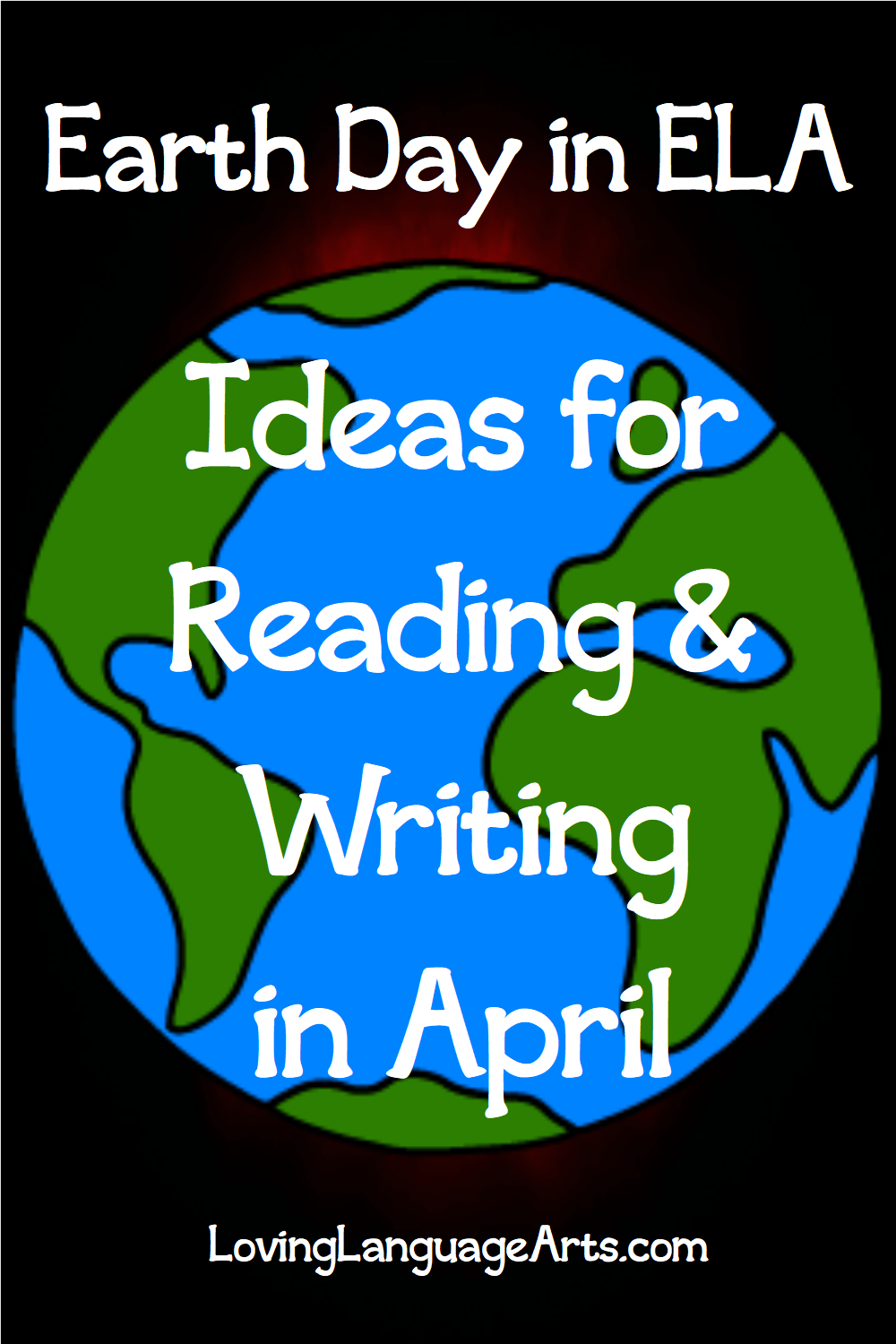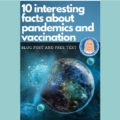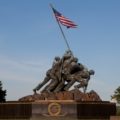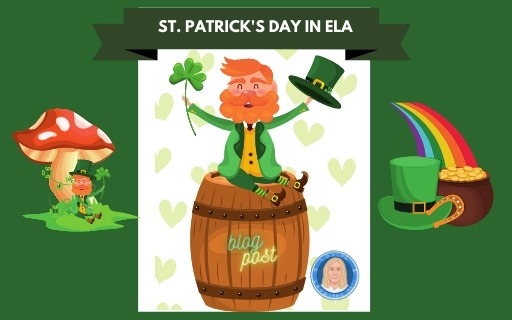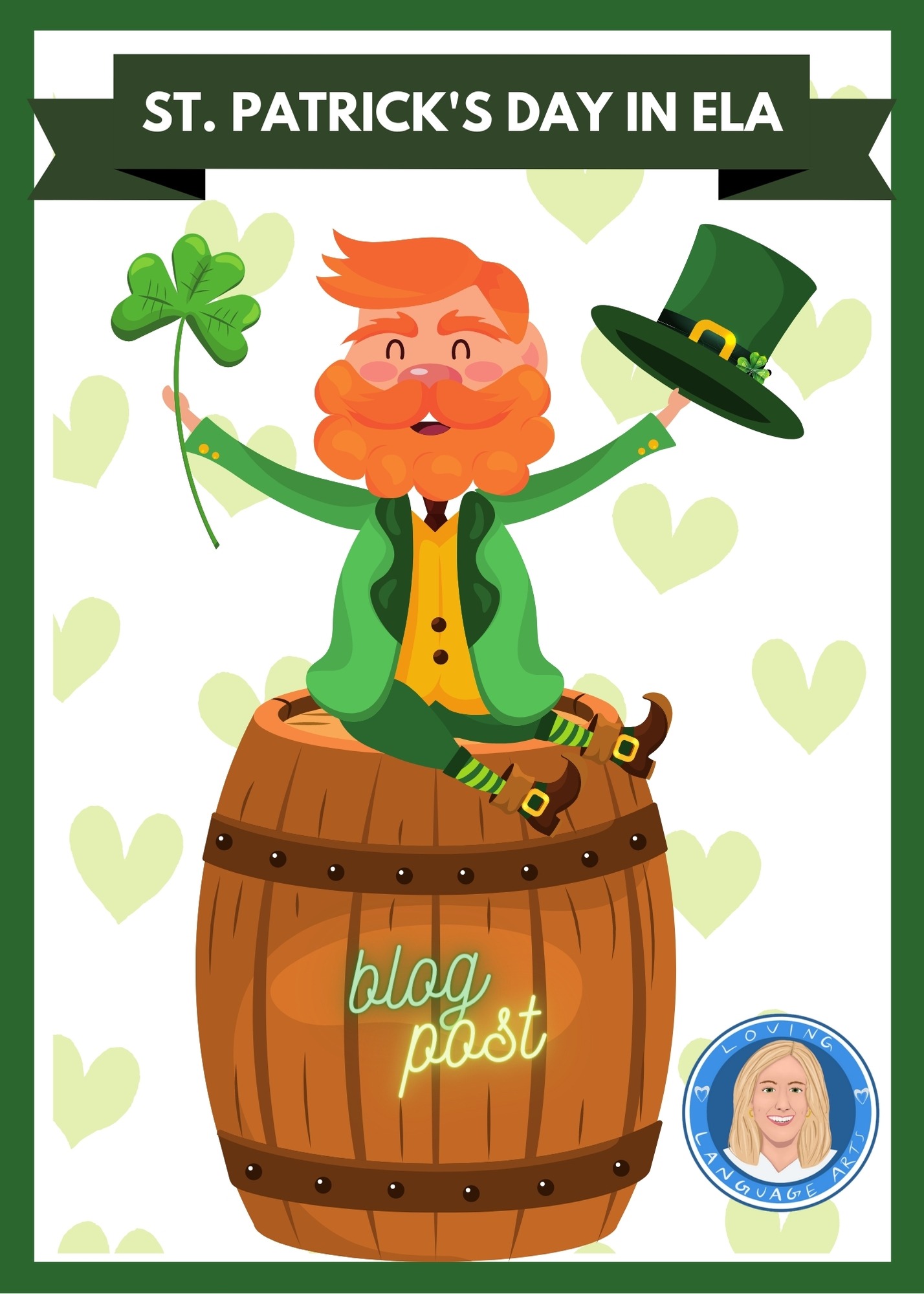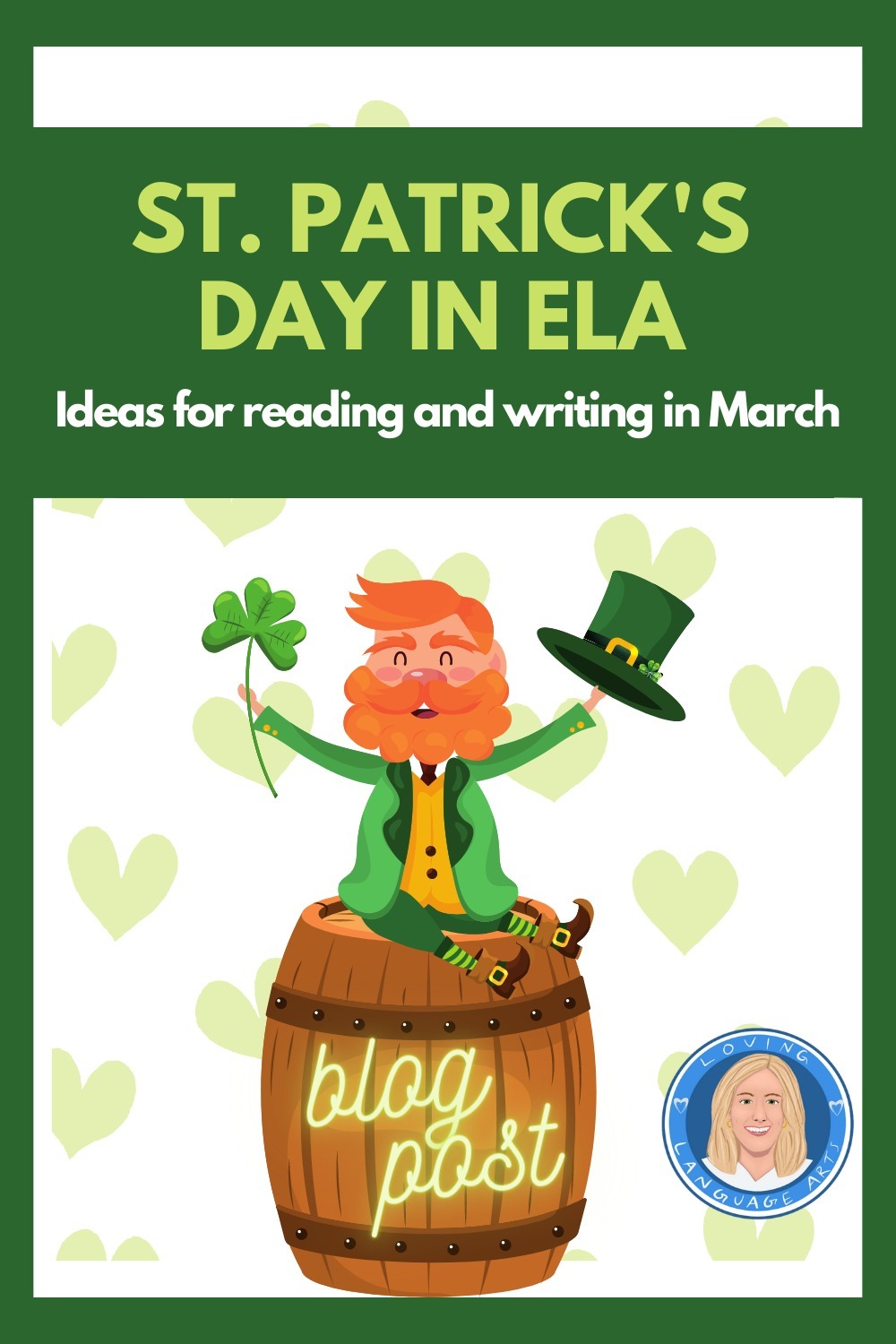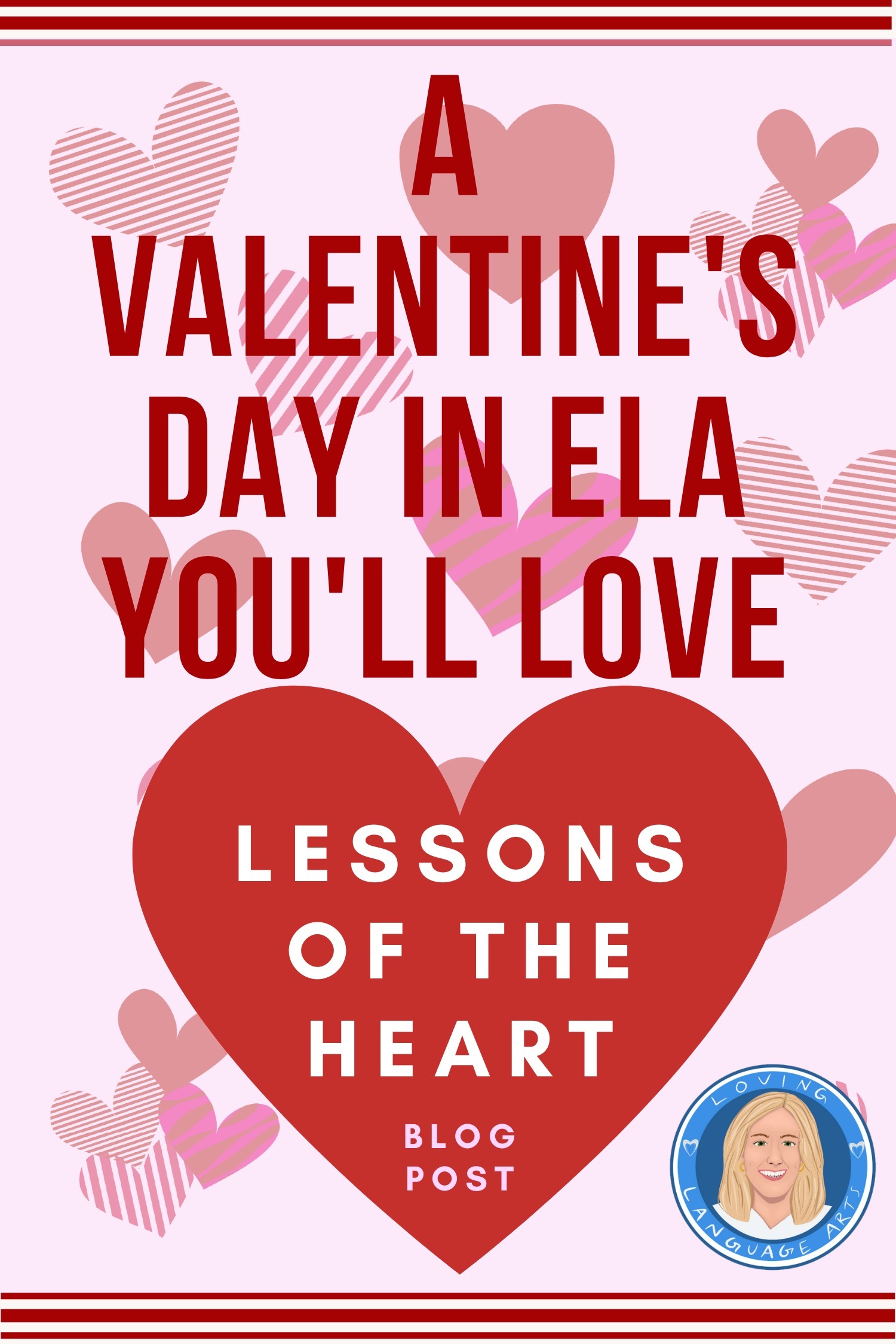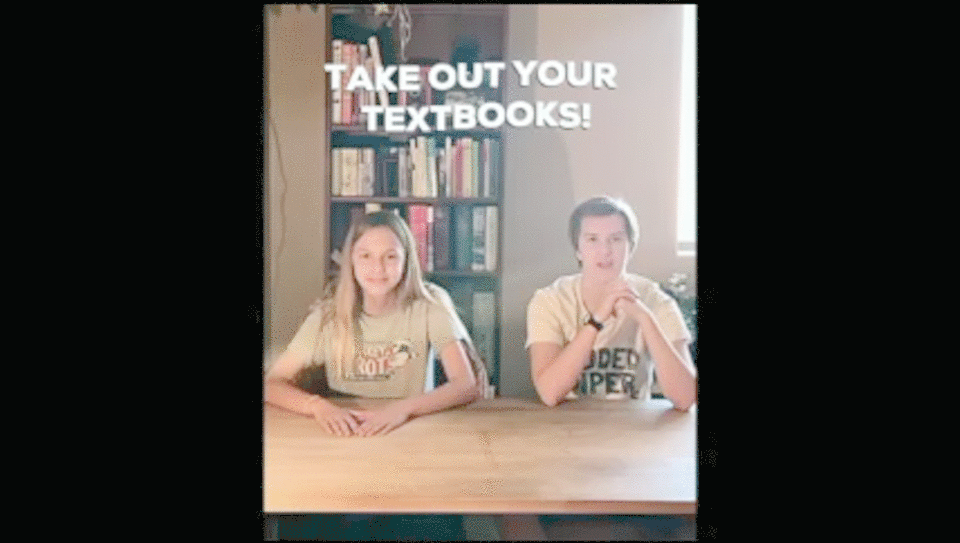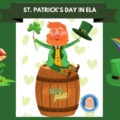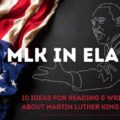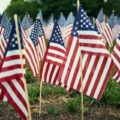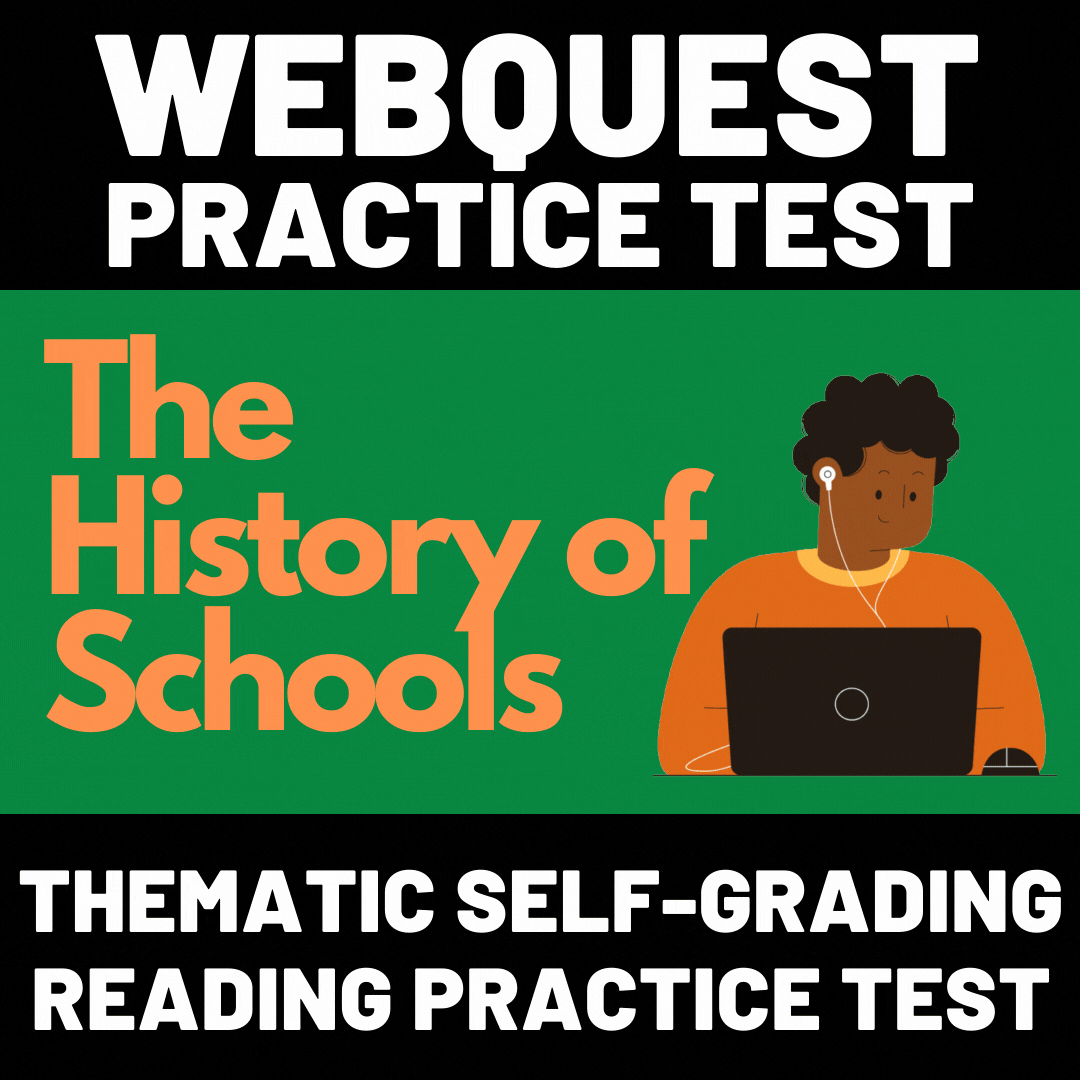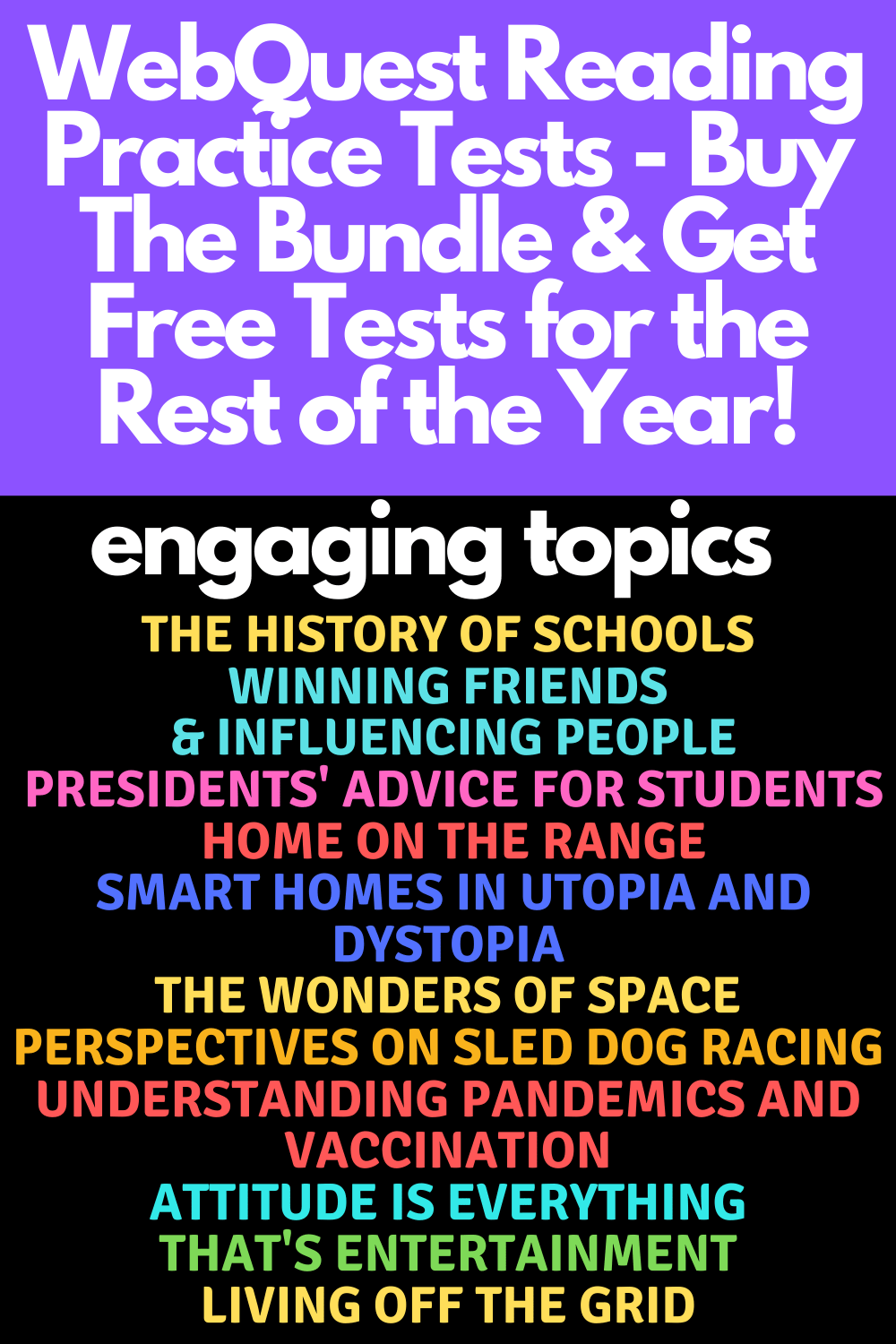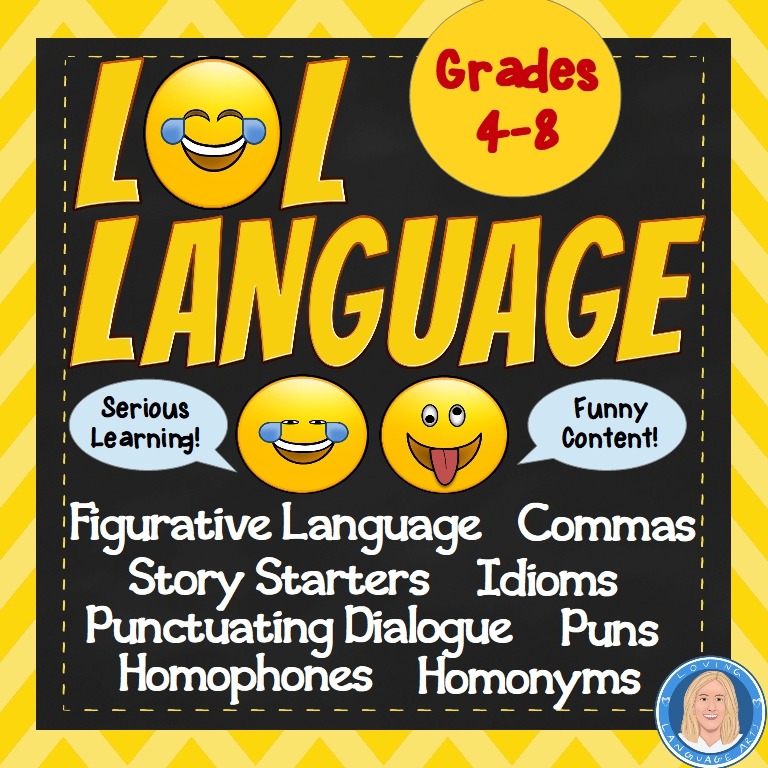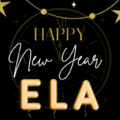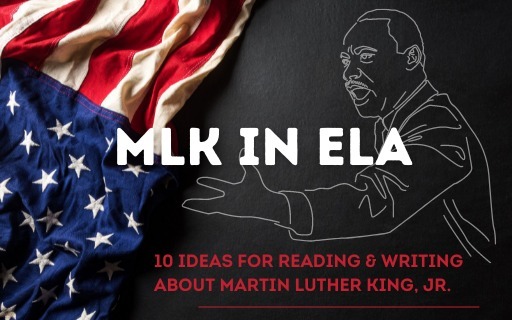
MLK in ELA: Reading & Writing About Martin Luther King, Jr.
MLK in ELA: Reading & Writing About Martin Luther King, Jr.
Honoring MLK in ELA really is a no-brainer because there’s a prolific amount of passionate writing you can find that’s been written by, and about, Martin Luther King, Jr. He was a fantastic speechwriter, a gifted orater, a brave fighter, a true collaborator, a civil rights activist, a tactful communicator — a man passionate and relentless in the ongoing fight for equality. So, here are 10 ideas for reading, writing, and language related to MLK you can incorporate into English language arts any time of year, but especially around MLK Day in January and Black History Month in February. I also give you a free text with ELA task for Letter From Birmingham Jail.
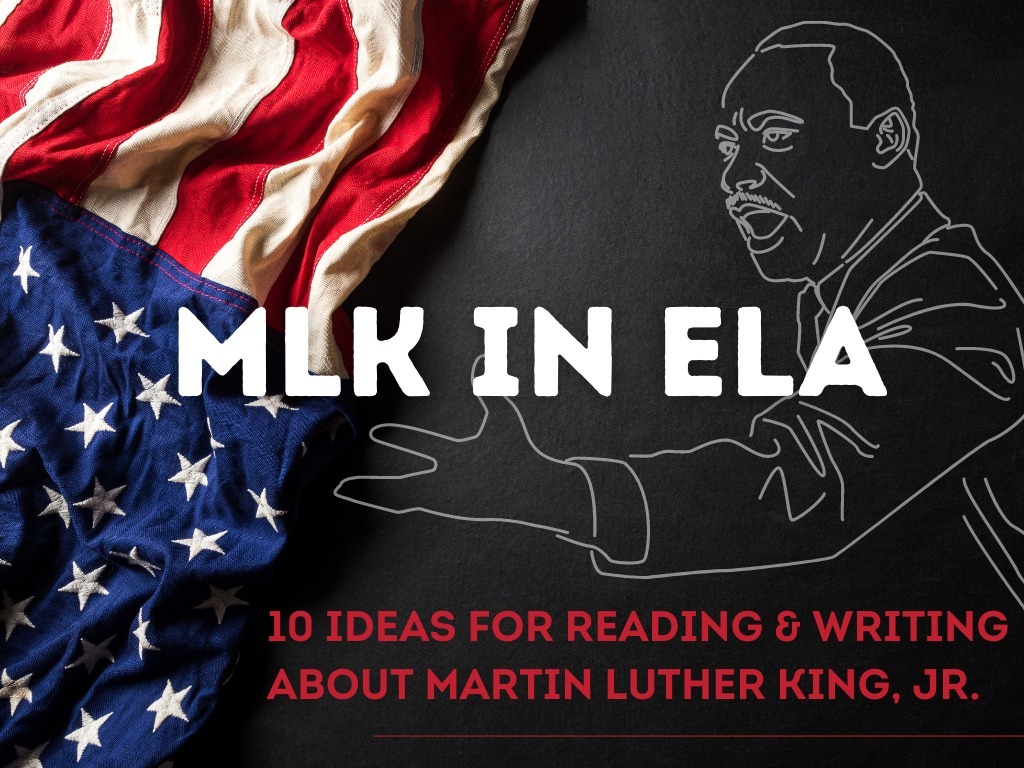
1. Journal Writing on the Topic of MLK: As a bellringer or a 10-minute “quick write” session, have students respond to their choice of journal topic. Here are a BUNCH of ideas: What do you know about MLK? Why do you think some states used to refuse to designate MLK Day a holiday while other states consistently pushed for it to be a holiday? MLK had a dream of equality; what do you sometimes dream about that would make the world a better place? Can you think of any ways to work on making your dream come true someday? Since MLK was assassinated in 1968 , in your opinion, how has the fight for equality continued in America (including ups and downs and signs of progress)? Who has taken the place of, or has continued in the footsteps of, MLK since he was killed? What do MLK and Black Lives Matter have to do with each other (broadly speaking)? What makes Martin Luther King, Jr. so memorable?
2) Looking at the “I Have a Dream” Speech as Literature: When we look at works of nonfiction as literature, we call that Reading Literary Nonfiction. The “I Have a Dream” speech uses literary devices and techniques in such as way so as to move the reader, so that’s literary nonfiction. Not only that, but it’s an amazing speech with such a powerful message. Now I was going to make a whole little lesson right here, but I actually found a GREAT lesson plan for teaching the speech at the PBS Newshour website. So, rather than reinvent the wheel, you should check it out! But then promise to come back, ok?
3. Explain How You Would Improve the World (Dare to Dream): Most likely your students have spent some time daydreaming how they would make the world a better place. Heck, they might even be daydreaming right now with all this talk of the “I Have a Dream” speech. So, tap into the passion! Have students choose one aspect of the way things are in the world that they want to change. And, here’s the explanatory writing part — have them explain it in detail, including three specific steps they would take in the process to fulfill the dream. Have them include an introduction and conclusion — and BAM! — another standards-based essay done in no time.
4. Letter From the Birmingham Jail: Martin Luther King, Jr.’s Letter From The Birmingham Jail is a must-read. But, what I have for your ELA classroom is a must-have. Grab the FREE PRINTABLE IDENTiFYING THEMES IN NOTABLE MLK QUOTES FROM THE LETTER. It provides students with one page of monumental quotes from the letter, guiding students to identify theme in each of them. This is a standards-based activity, specifically aligned to Standard RI.9 in high school, which is to analyze seminal U.S. documents of literary and historical significance.
YOU CAN PIN THE IMAGE BELOW IF YOU LIKE:
5. Explain the Six Principles of Nonviolence: Have students read King’s Six Principles of Nonviolence and write a short explanatory essay explaining what they are and what they mean. Exploring nonviolence seems like a good use of time in my opinion. Speaking of opinions, have your students write an opinion or persuasive essay about the six principles.
6. Compare and Contrast Influential Speeches: When you read enough of the monumental speeches made during American history, you start to notice similarities and differences in their structure, language/use of rhetoric, and repeated allusions to the ideals of freedom set forth in the Constitution. So, this is good news for ELA! You can have students compare and contrast speeches, honing in on such things as figurative language, rhetoric, structure, allusions, tone and attitude, being direct vs. being metaphorical, being tactful vs. aggressive, etc. Here are some ideas: Lincoln’s Gettysburg Address, JFK’s Inaugural Address, Deval Patrick’s Inaugural Address, Obama’s speeches such as his 2008 acceptance speech (the yes we can/si se puede speech) or the 2009 Inaugural Address (and many more), etc.
NOTE: By the way, my High-Interest Text Passages and Practice Tests Workbooks and my High-Interest Text Passages and ELA Tasks Workbooks contain these speeches and more in easy-print and digital 1-page formats that are MAJOR TIME SAVERS.
7. Read the Nobel Peace Prize Acceptance Speech: When Martin Luther King, Jr. accepted the Nobel Prize for Peace in 1964, he delivered an amazing acceptance speech. Have students explain what the award is a “profound recognition” of. In the speech, he stated, “Sooner or later all the people of the world will have to discover a way to live together in peace…” In order for that to happen, what method must people learn, according to MLK?
8. Get Artistic About MLK.: How about assign each student a different quote by MLK (here is a list of 25 Quotations by MLK for the Classroom), and then have them do an artistic representation of it on an 8 12″ x 11″ page? Have them make the quotation visible, write 5 adjectives on the page describing it, include 5 images, etc….you decide.
9. Read Robert F. Kennedy’s Statement on the Assassination of Martin Luther King, Jr.: Sadly, this man who was making so much traction on the platform of nonviolence, was killed in 1968. Senator Robert F. Kennedy made a lovely statement to comfort others and remind them of his cause: “What we need in the United States is not division; what we need in the United States is not hatred; what we need in the United States is not violence or lawlessness; but love and wisdom, and compassion toward one another, and a feeling of justice toward those who still suffer within our country, whether they be white or they be black.” Have students write about their opinion on all of this, including examples.
10. MLK Biography Block: Have students read a biography of MLK and then, instead of those boring book reports that put everyone to sleep, have your students make biography blocks instead. Grab the FREE Biography Block Lesson and Template. And check out the sample Clara Barton biography block below.
Click below for FREE ELA PRACTICE TESTS – each targeting specific reading, writing, language, and speaking/listening/viewing standards.
Check out these GRADE-SPECIFIC test prep books with practice tests that target EVERY GRADE-SPECIFIC READING INFORMATIONAL TEXT STANDARD, one by one. An added bonus is that students LOVE the texts! In Easy-Print or Self-Grading Online Versions.
How about save this pin to your “Seasonal Resources,” “Diversity in ELA,” or “Literary Nonfiction” Board so that you can come back to this post again?
